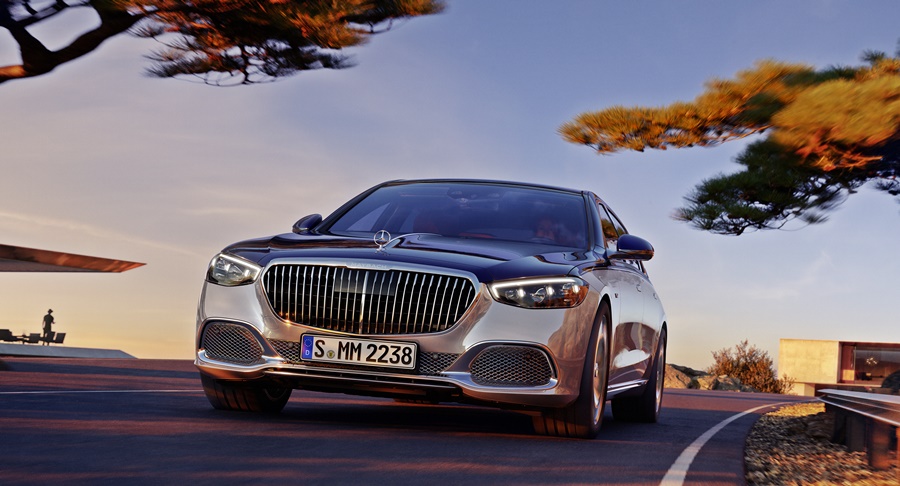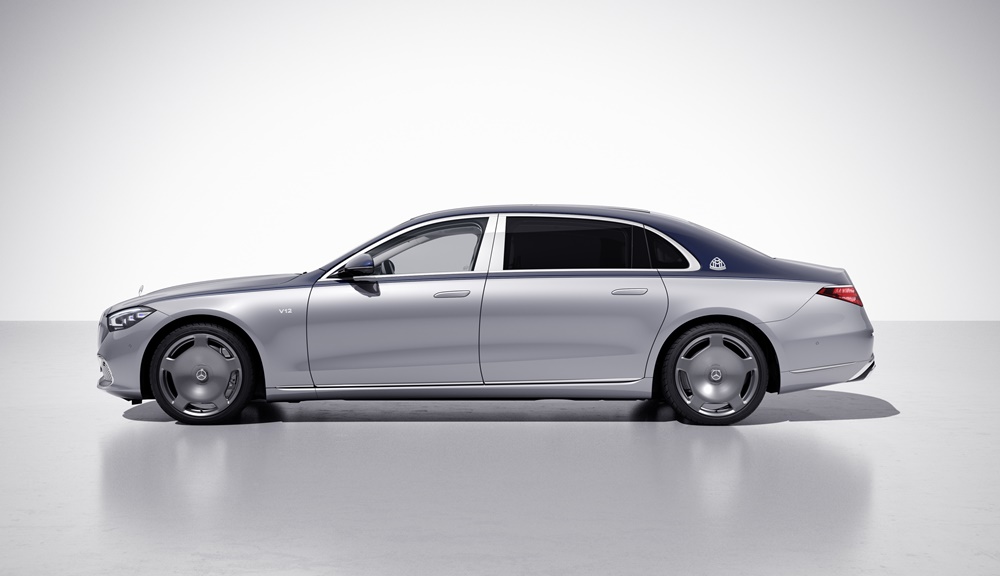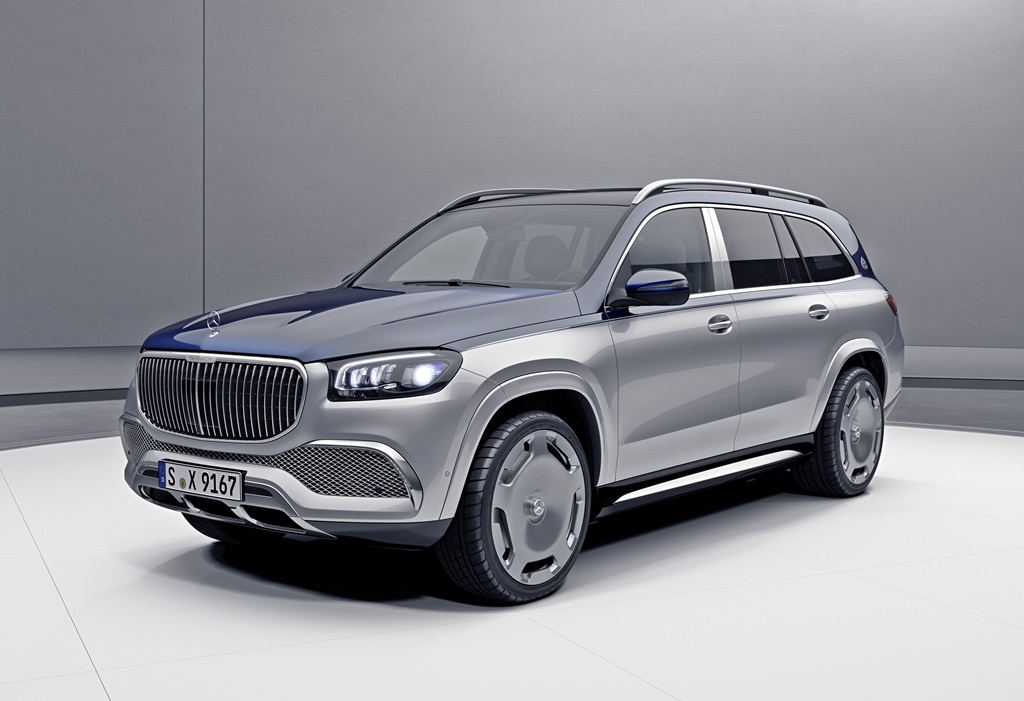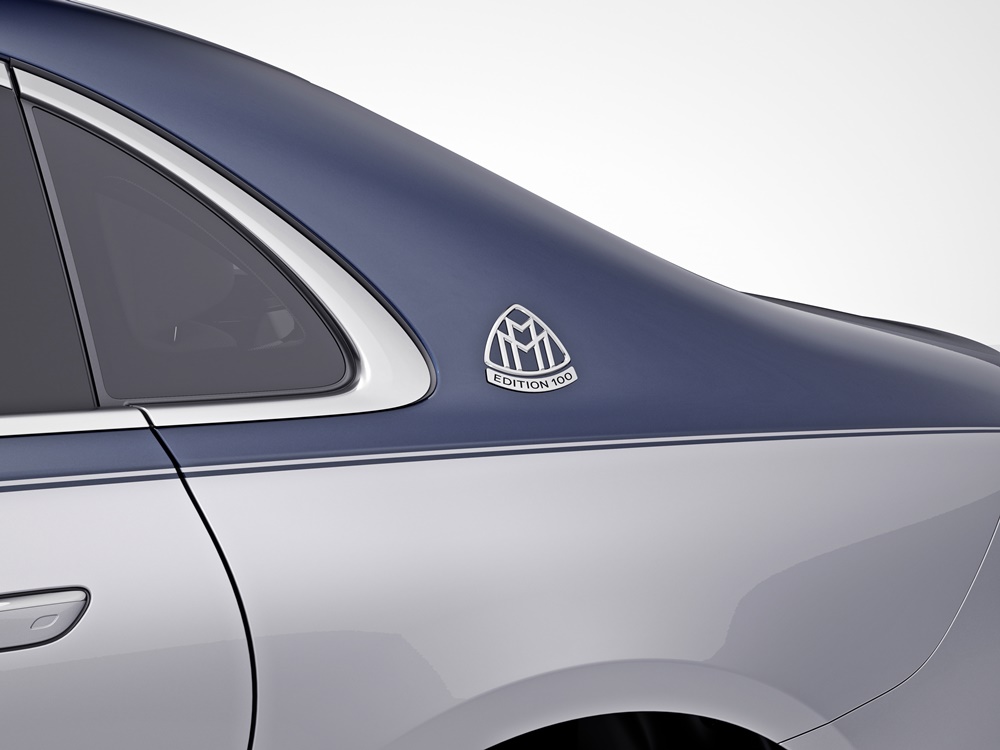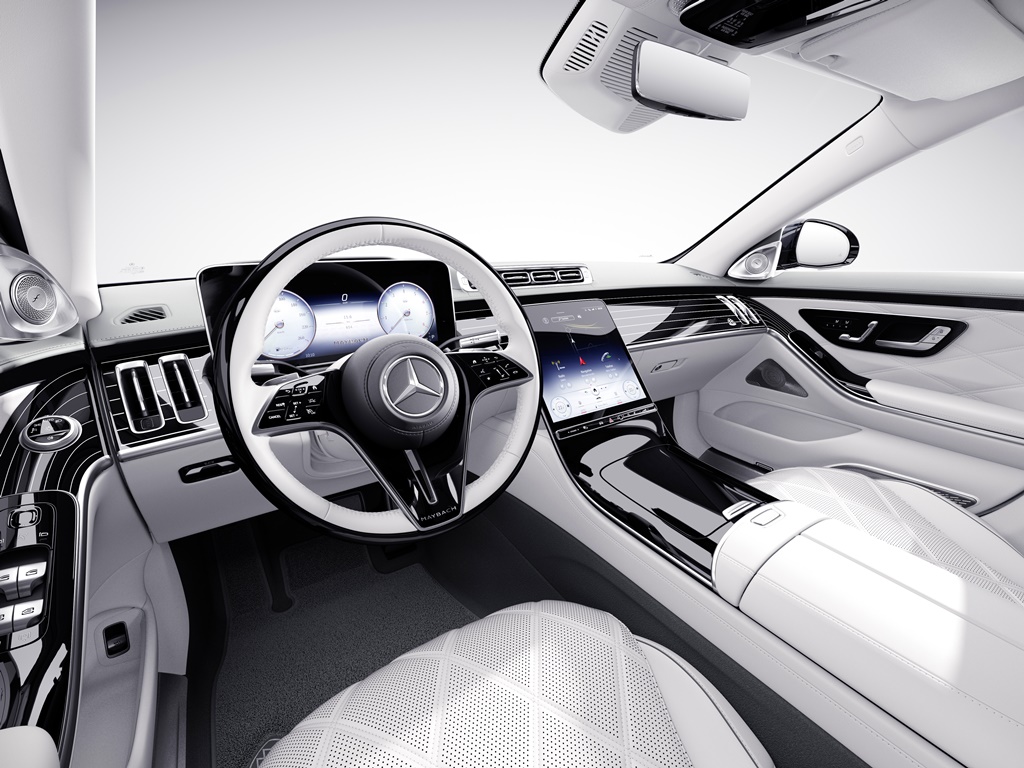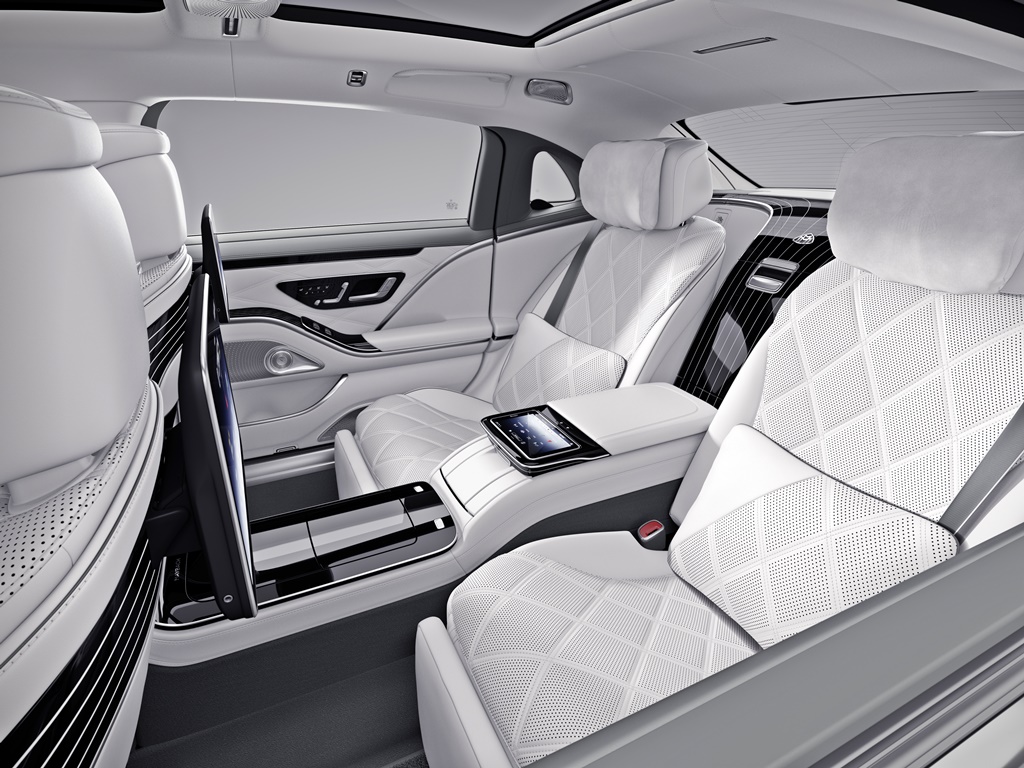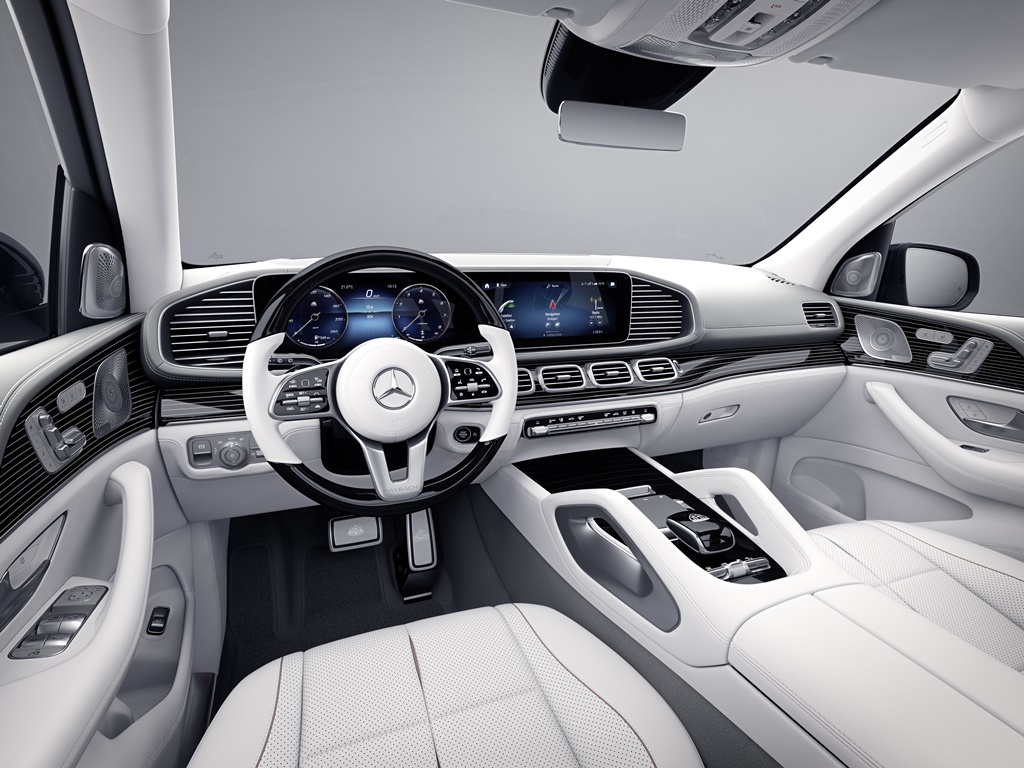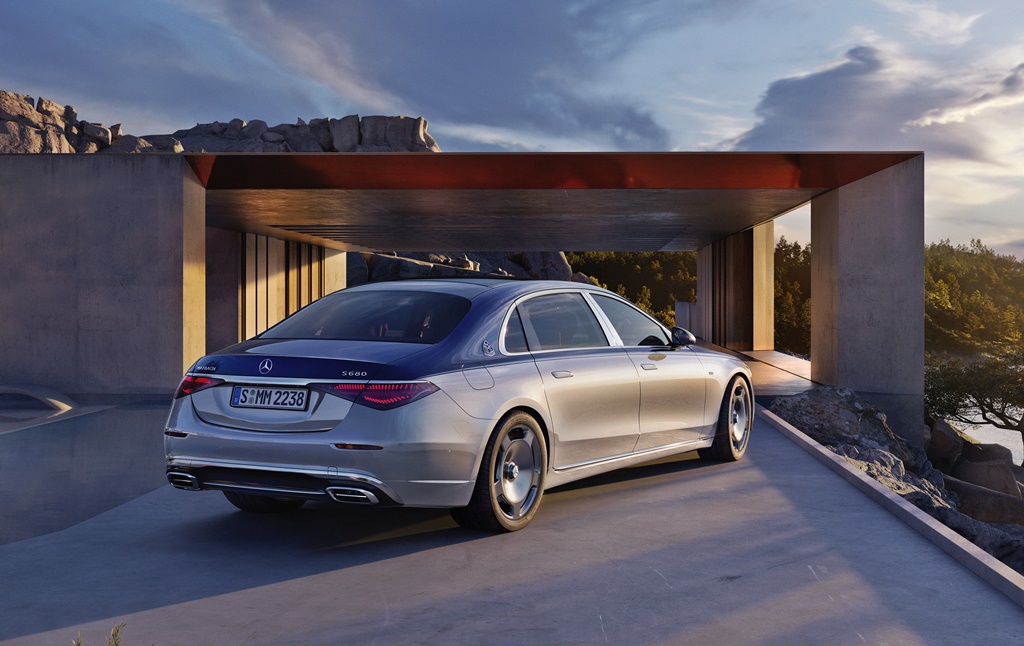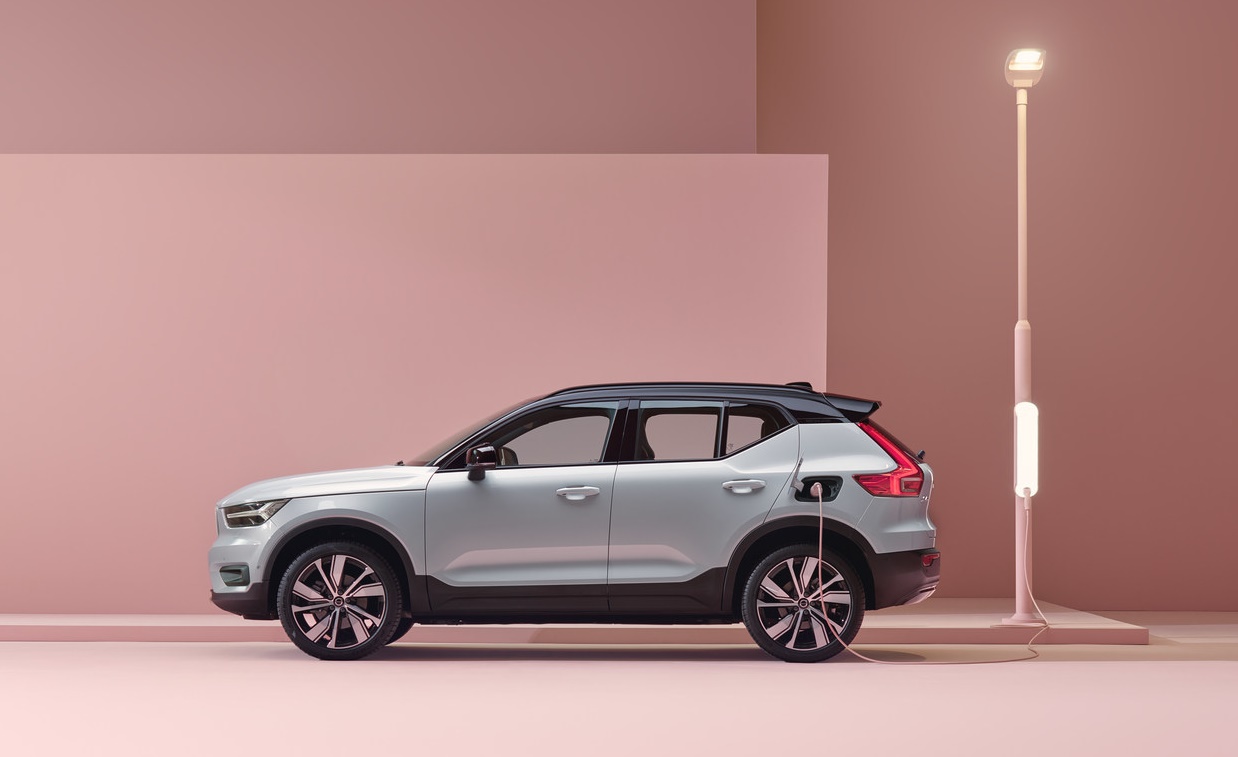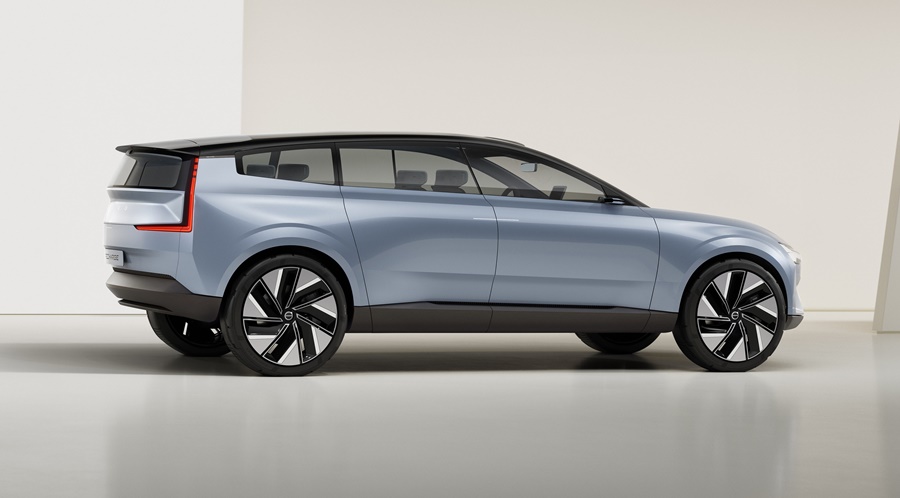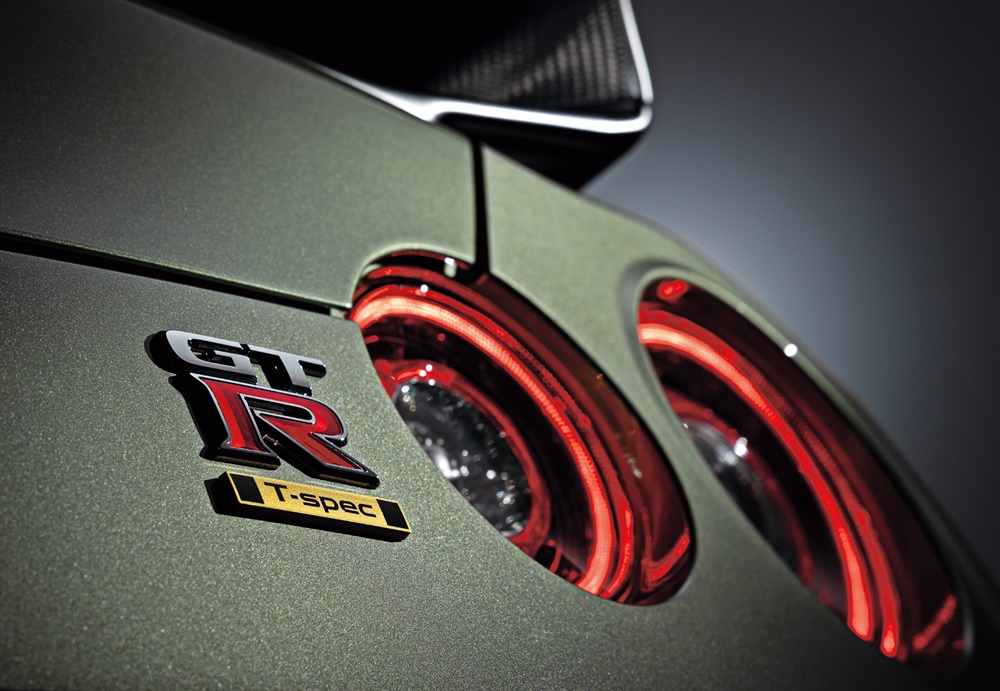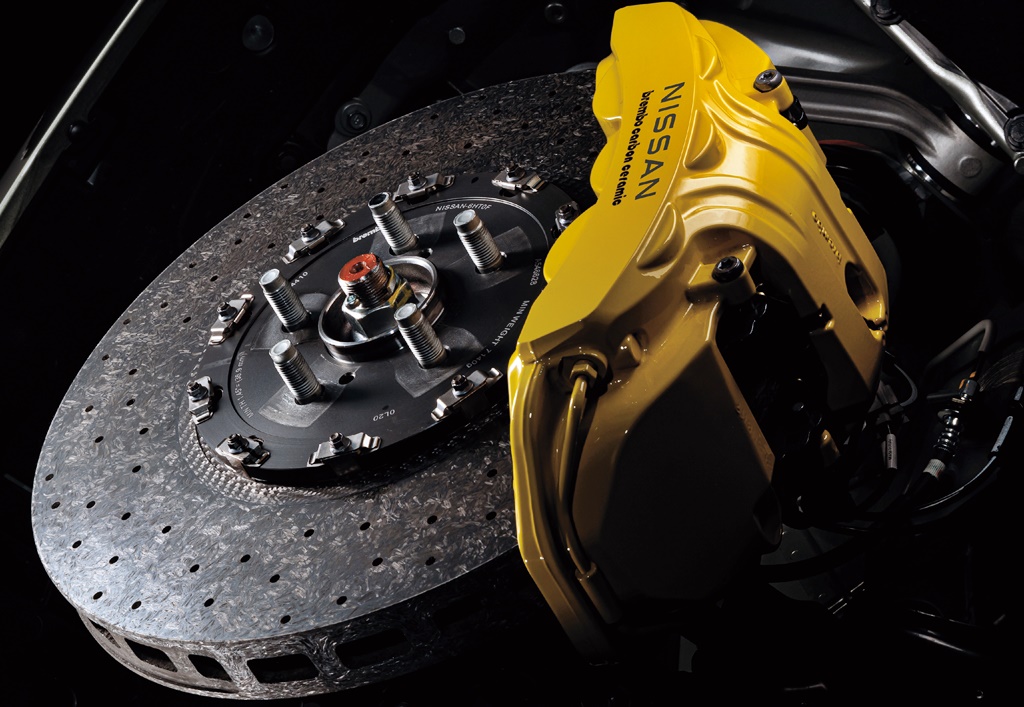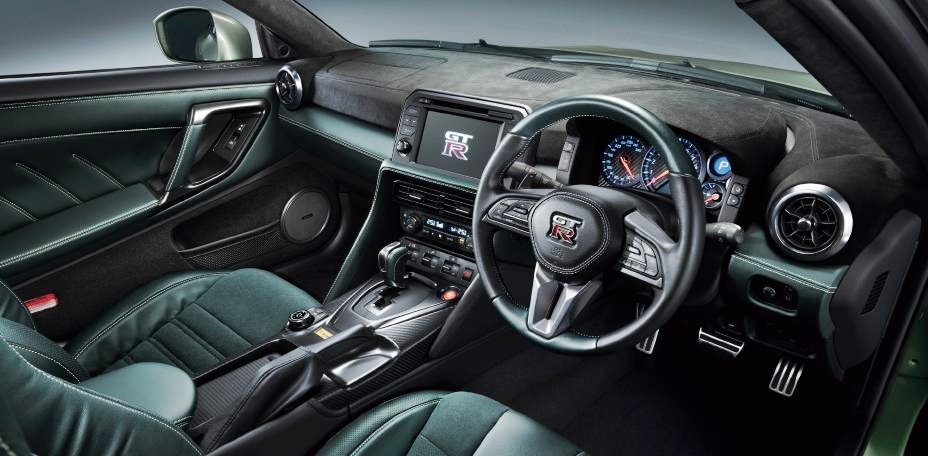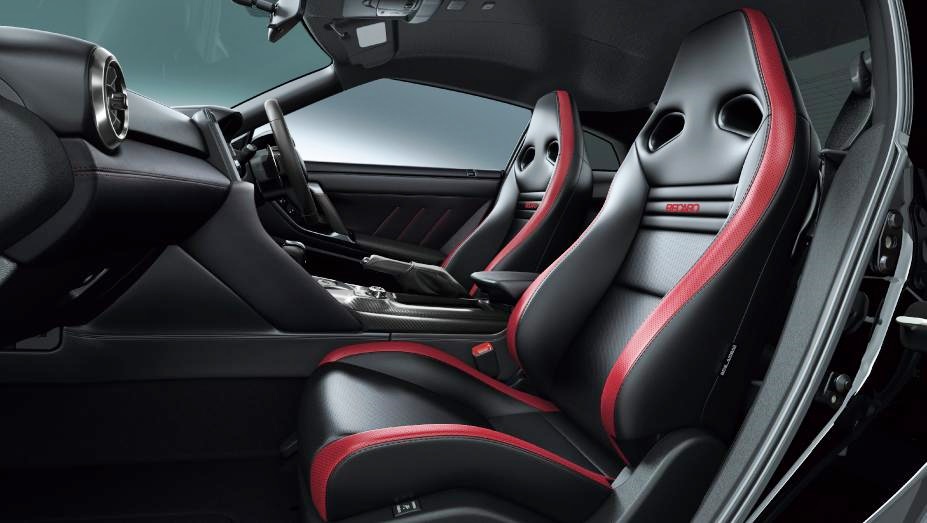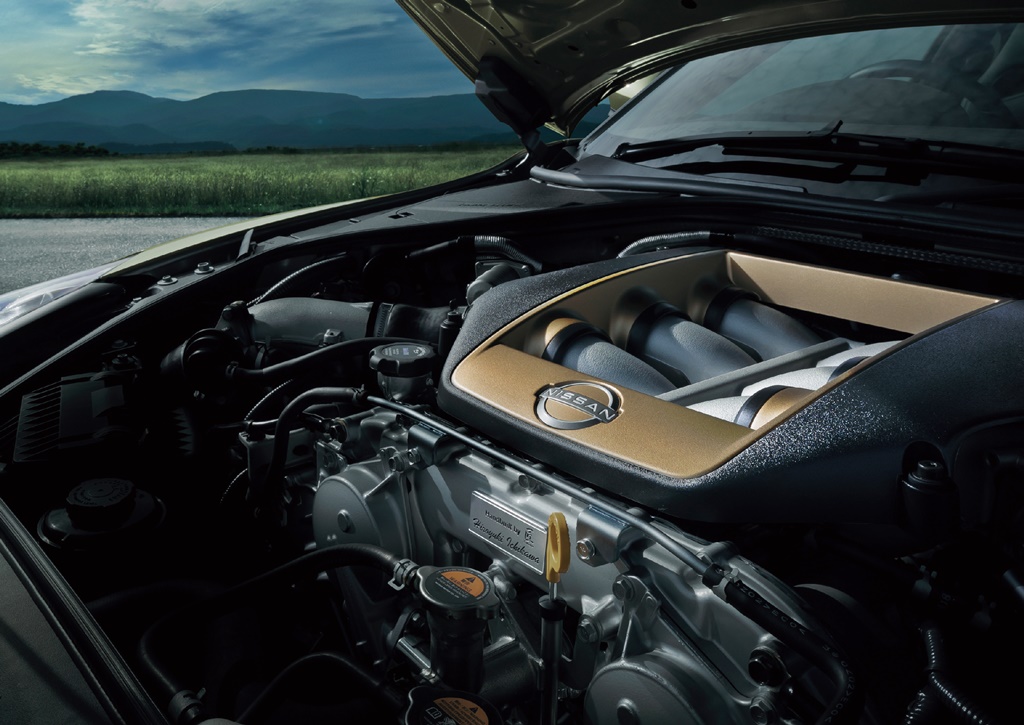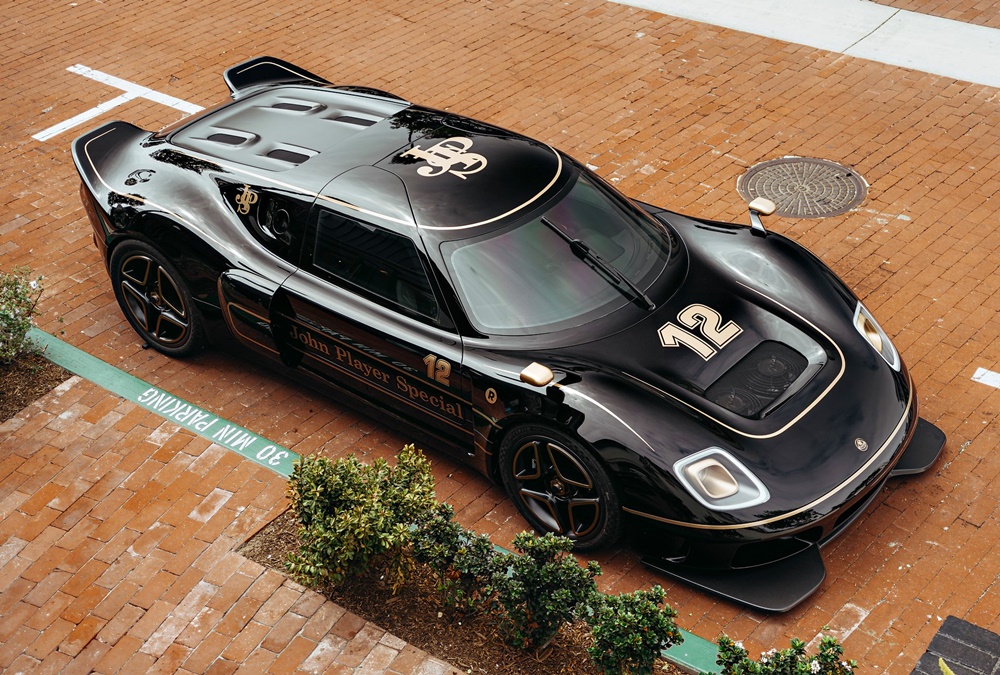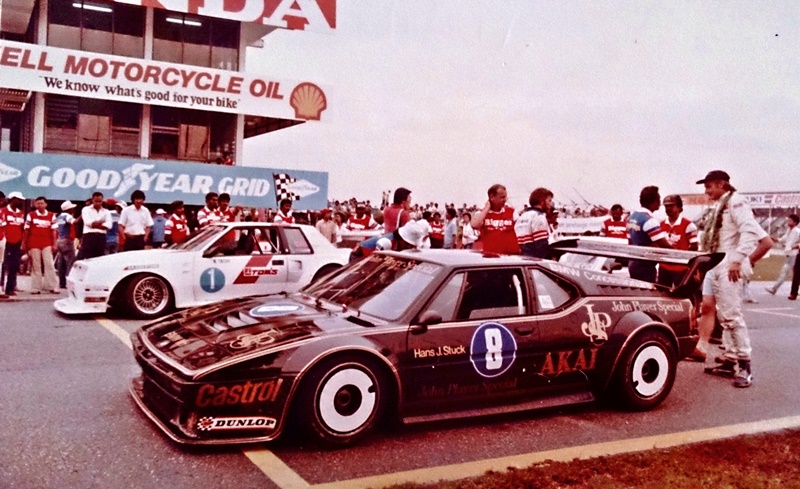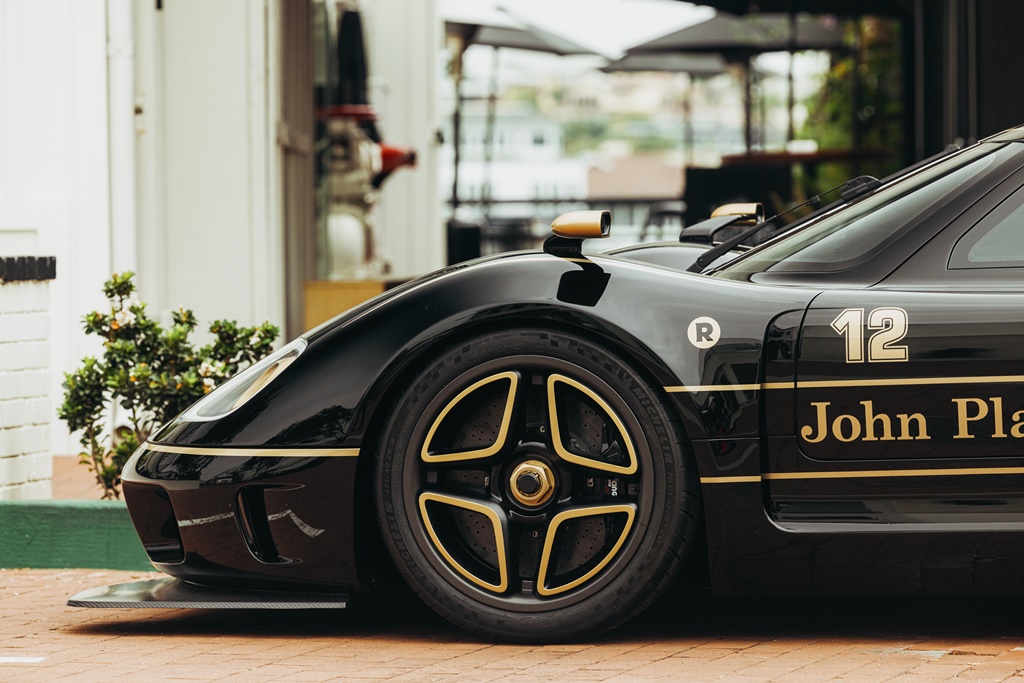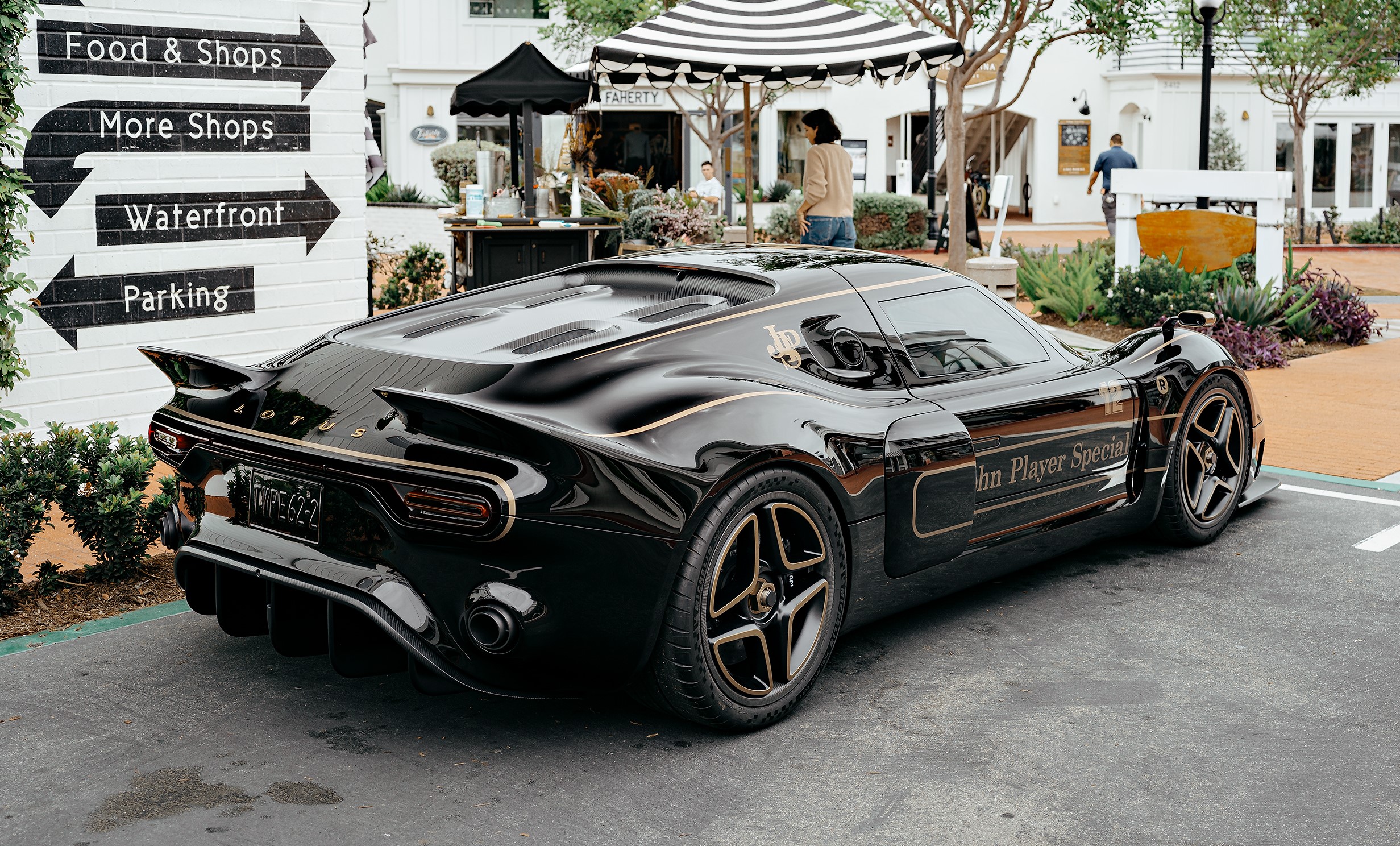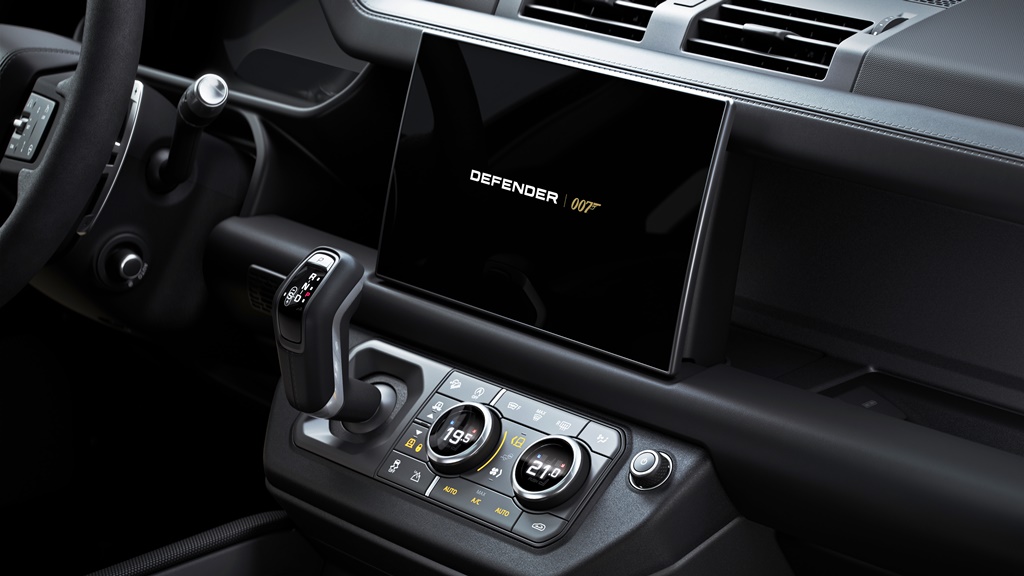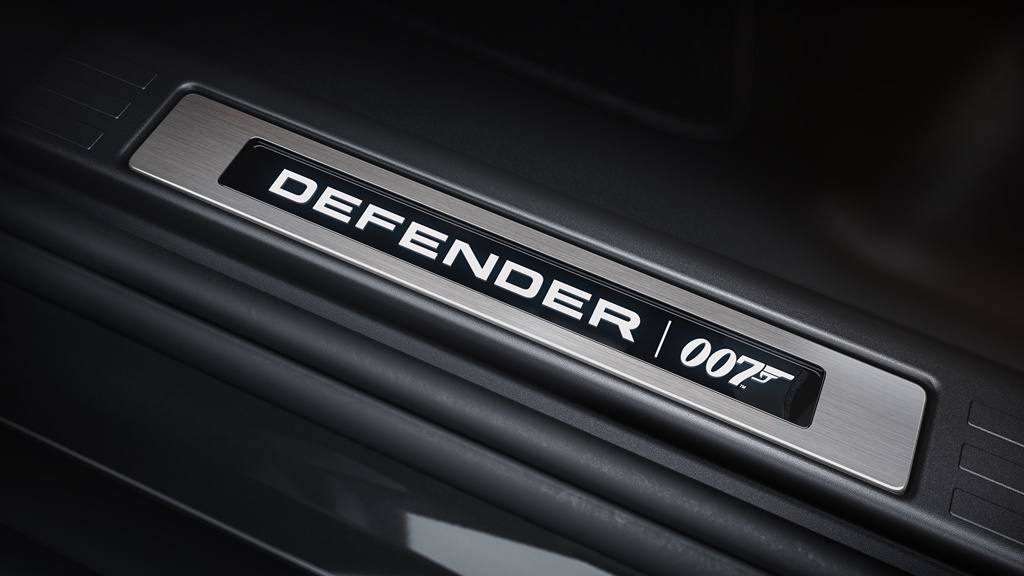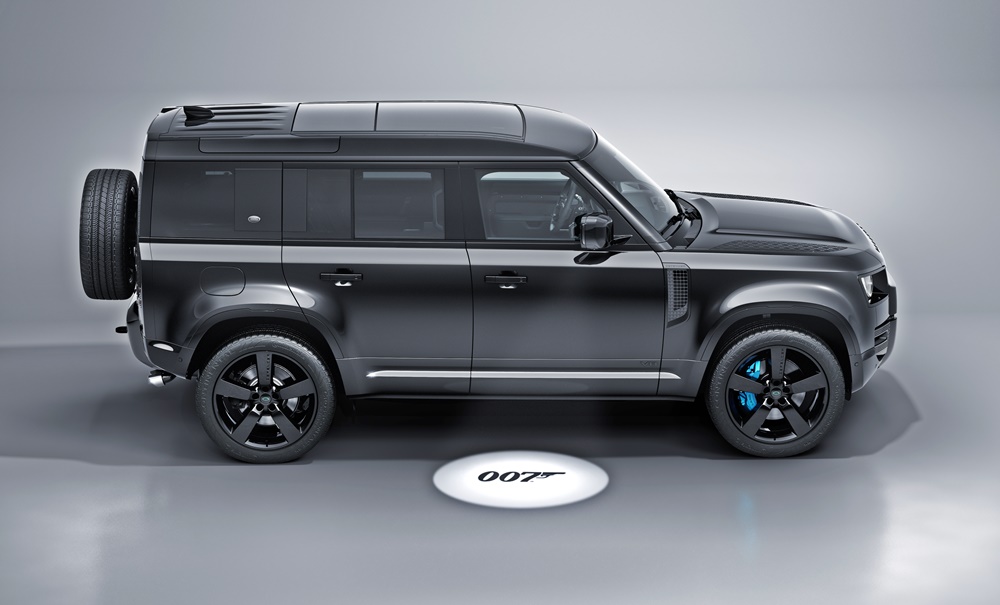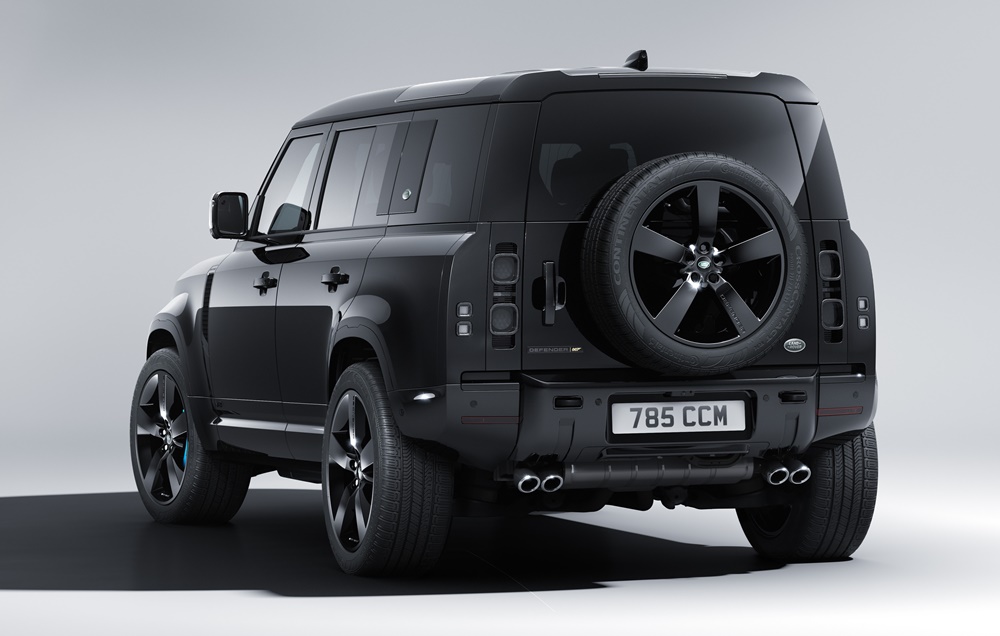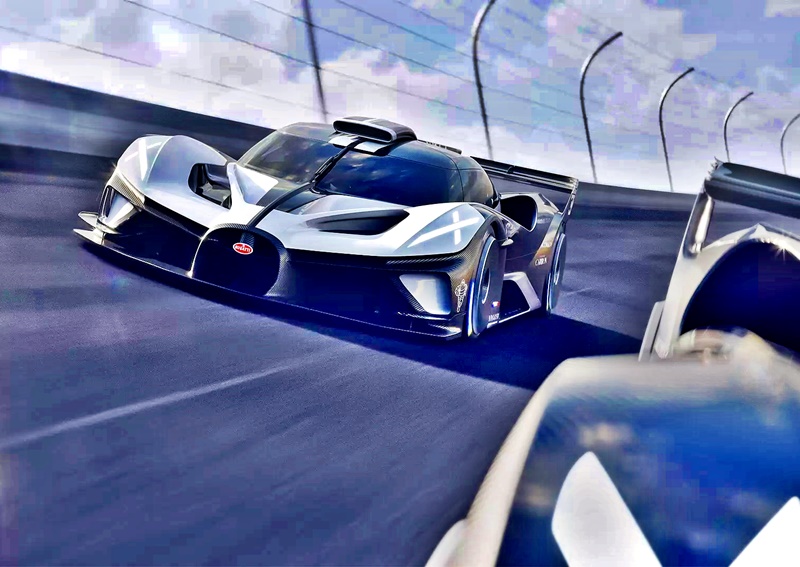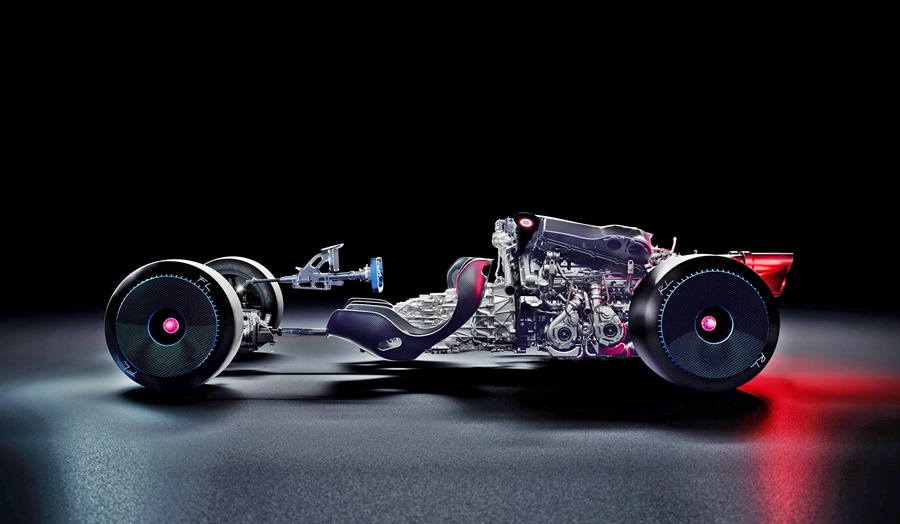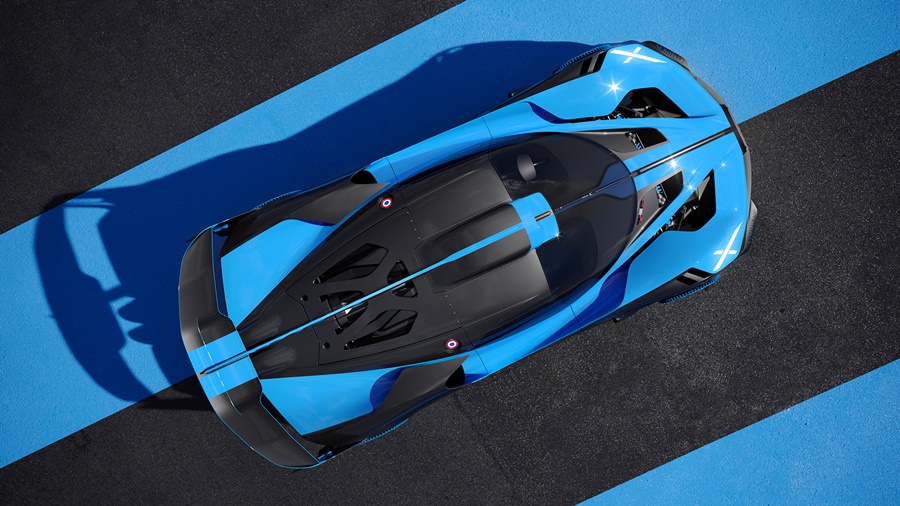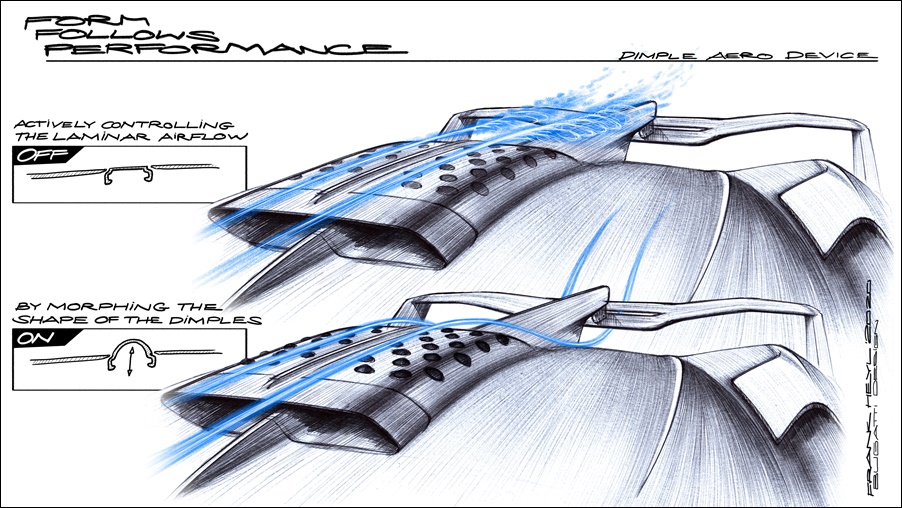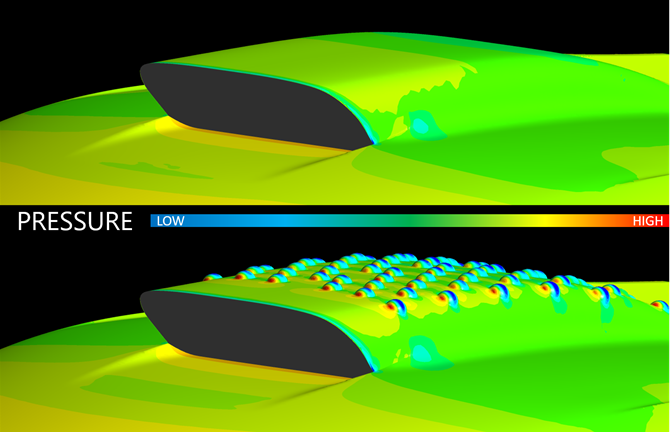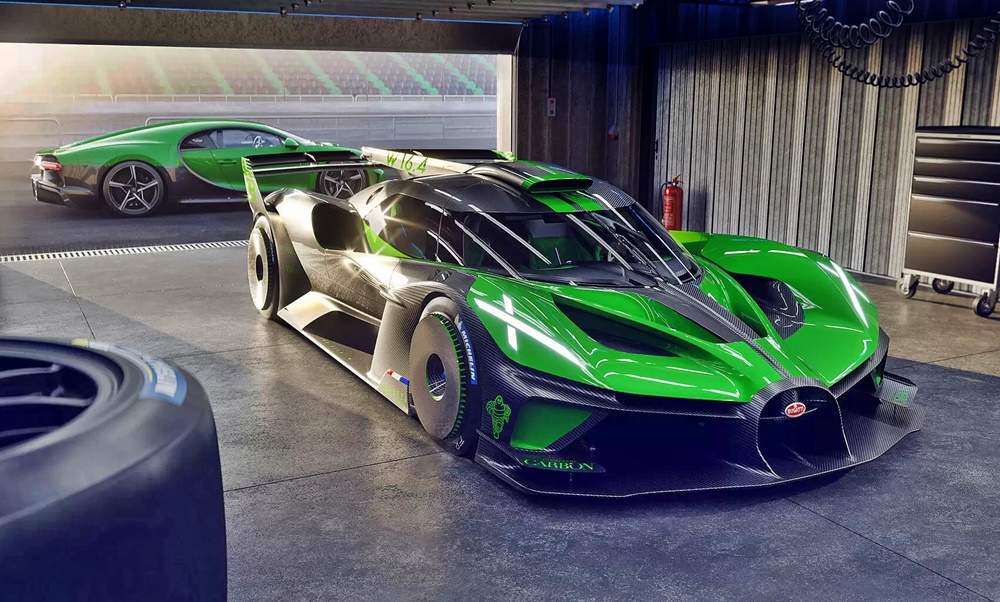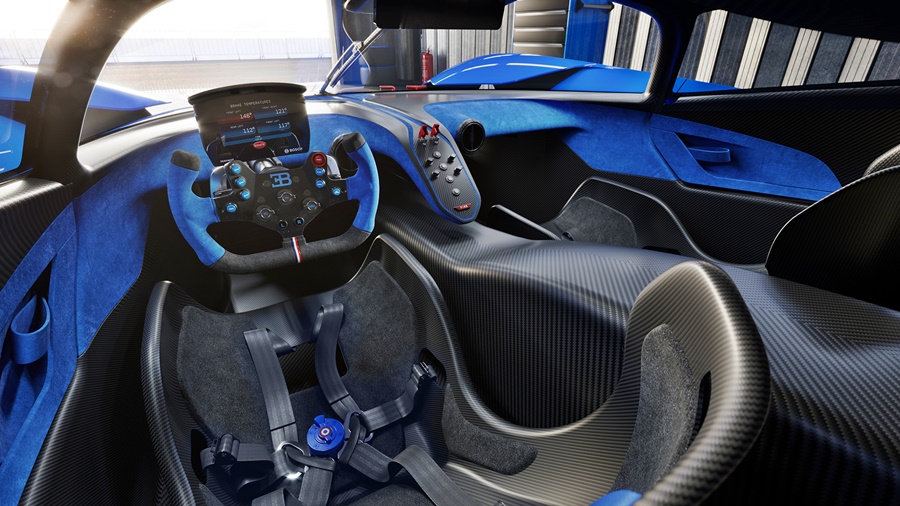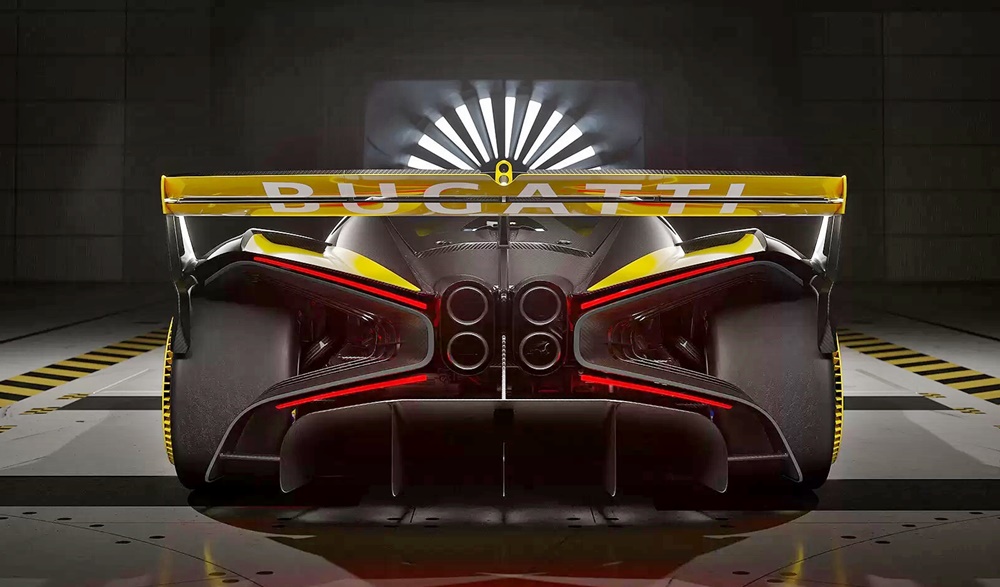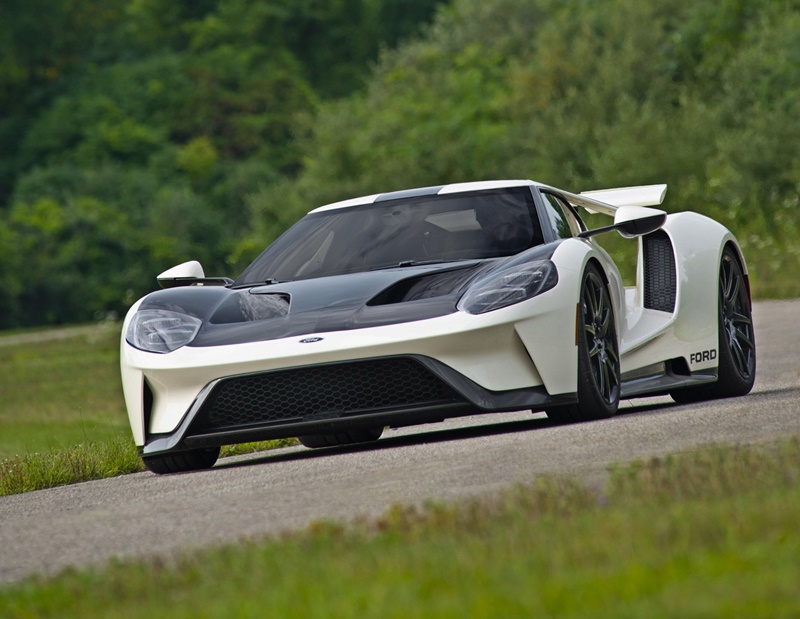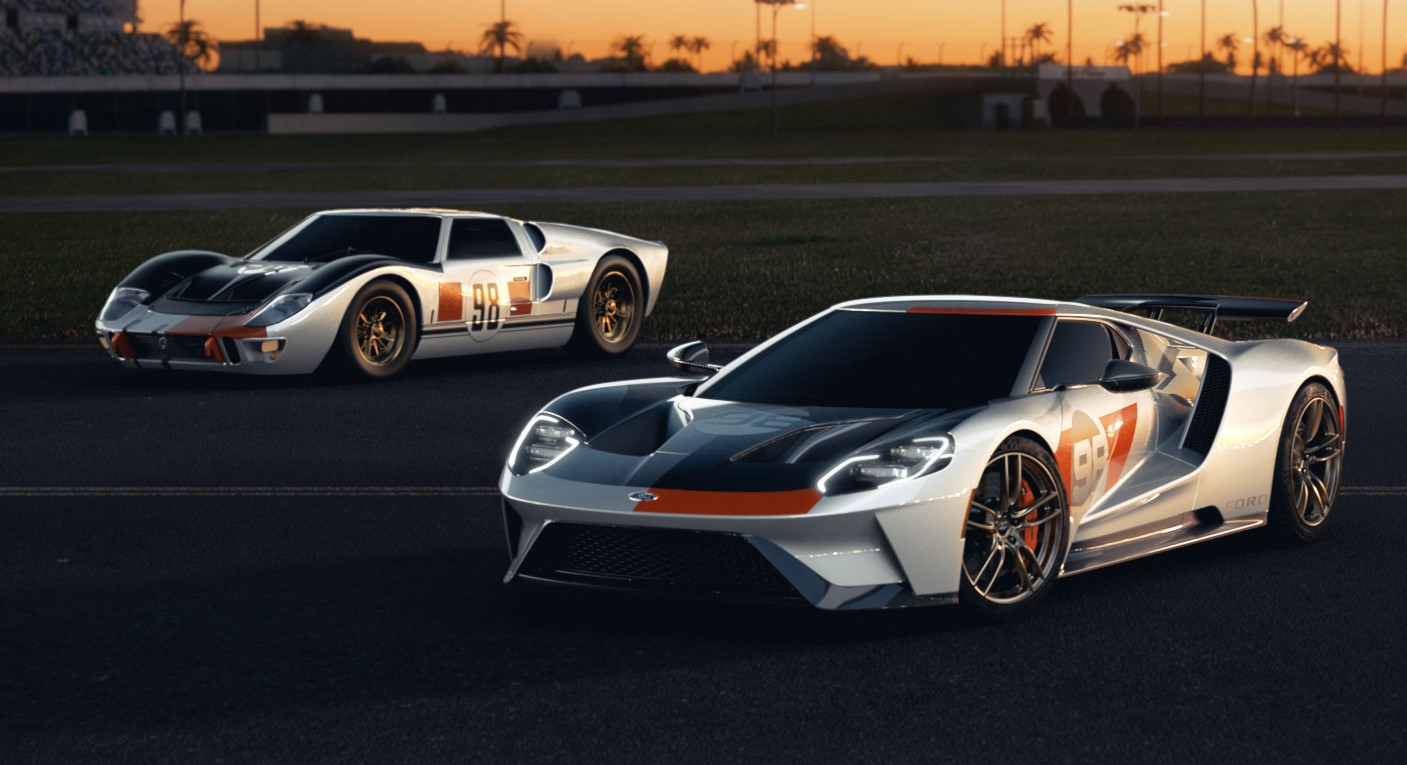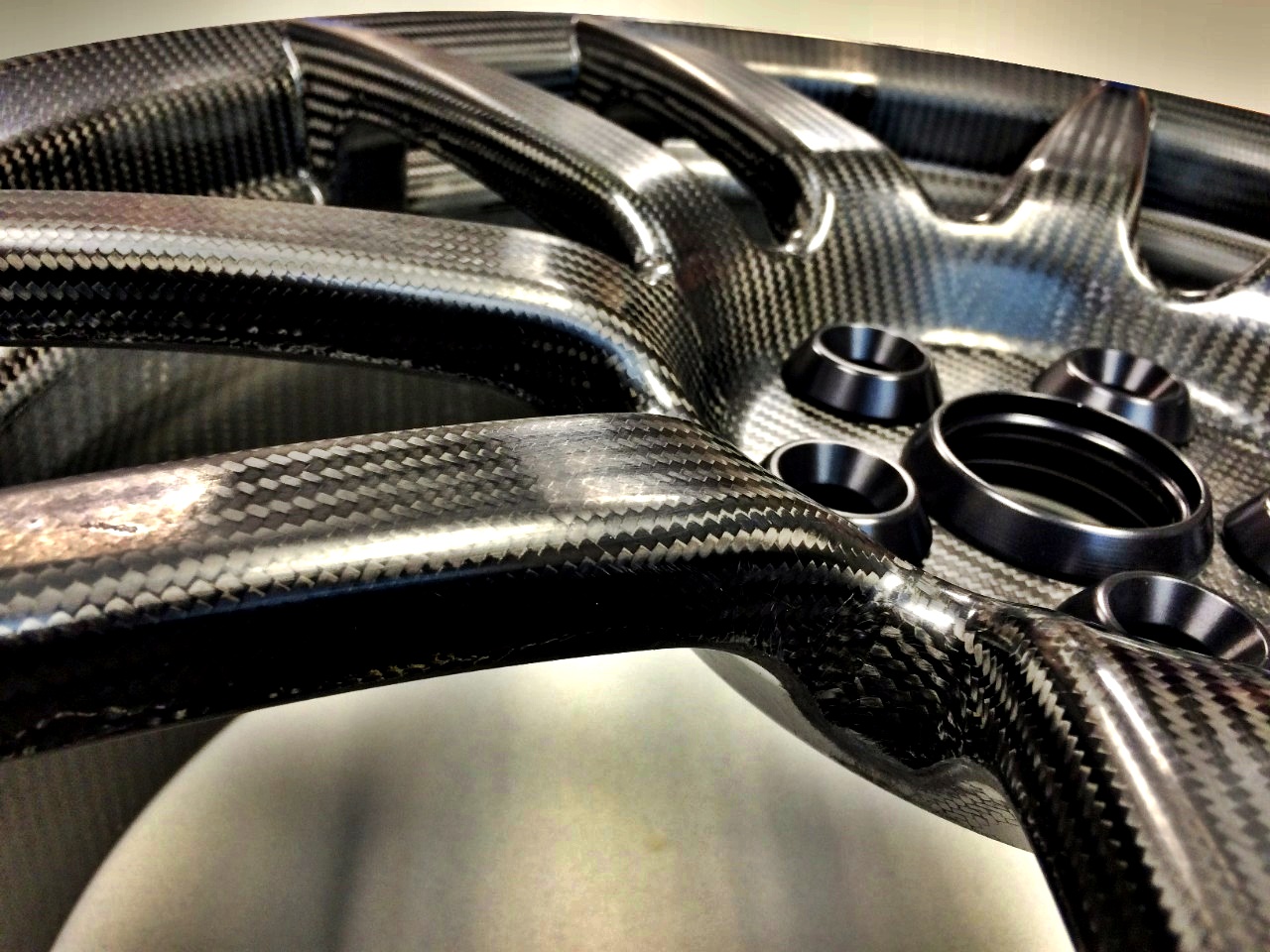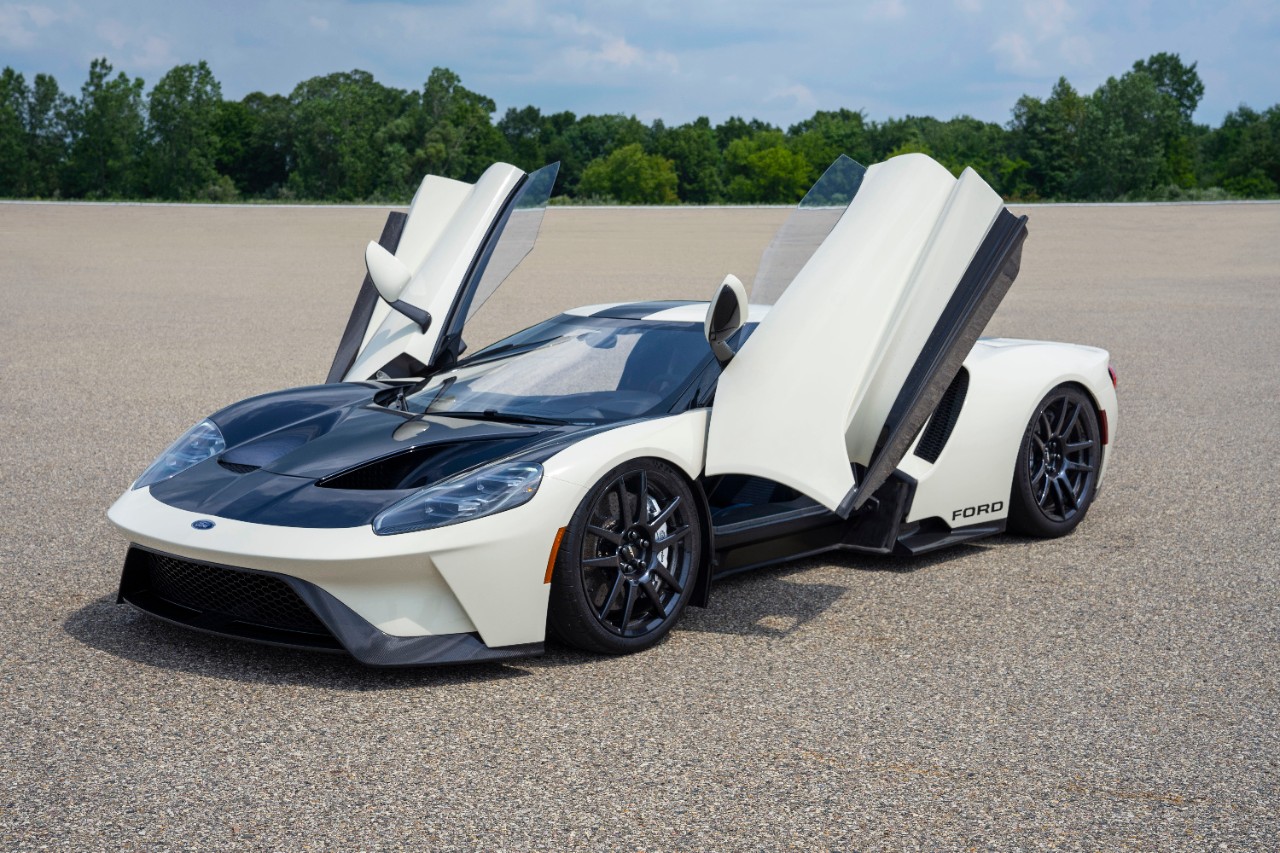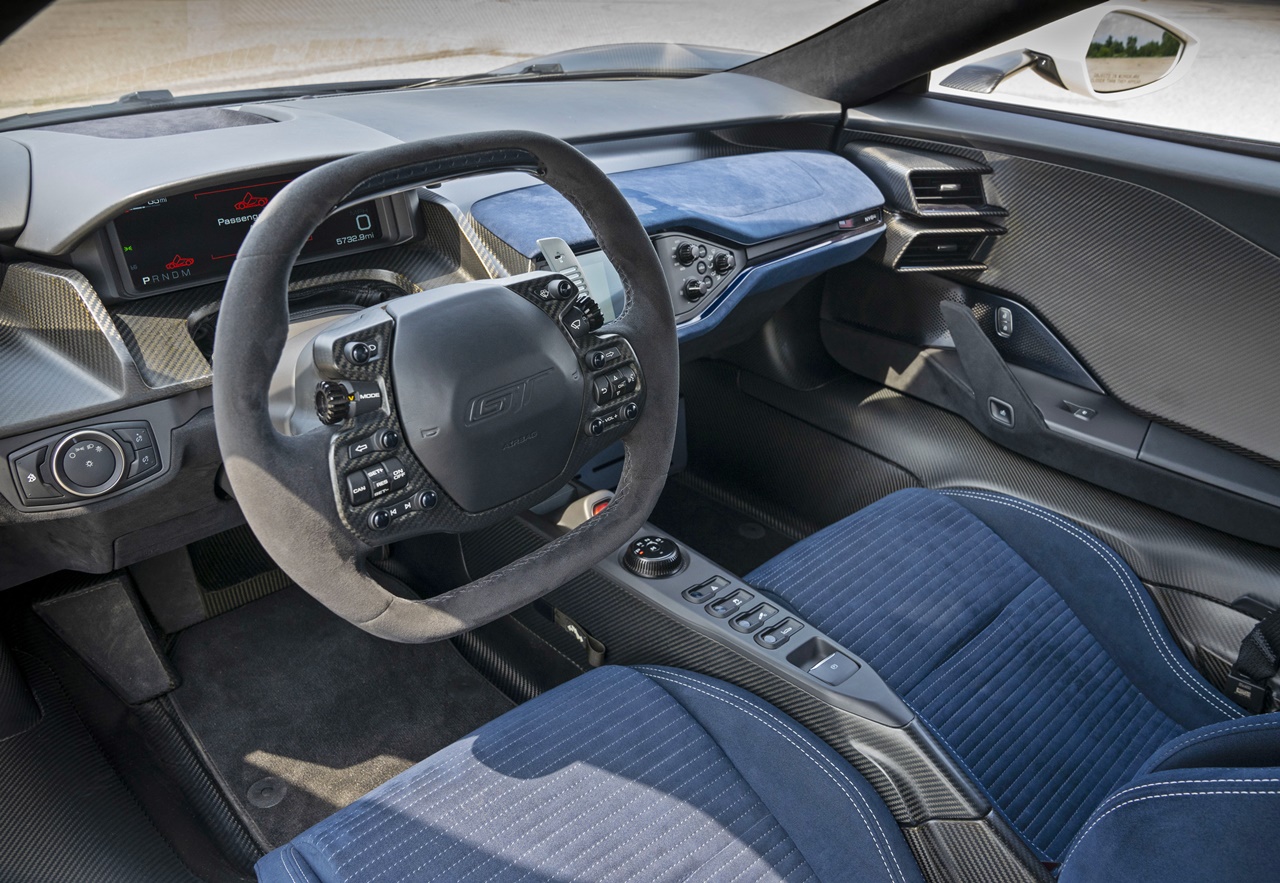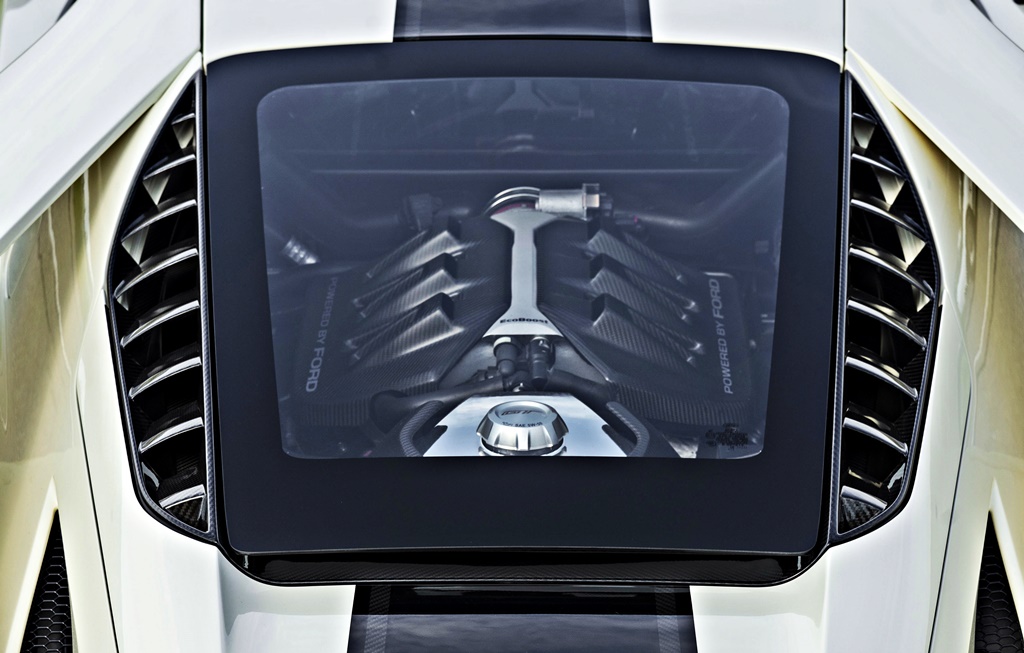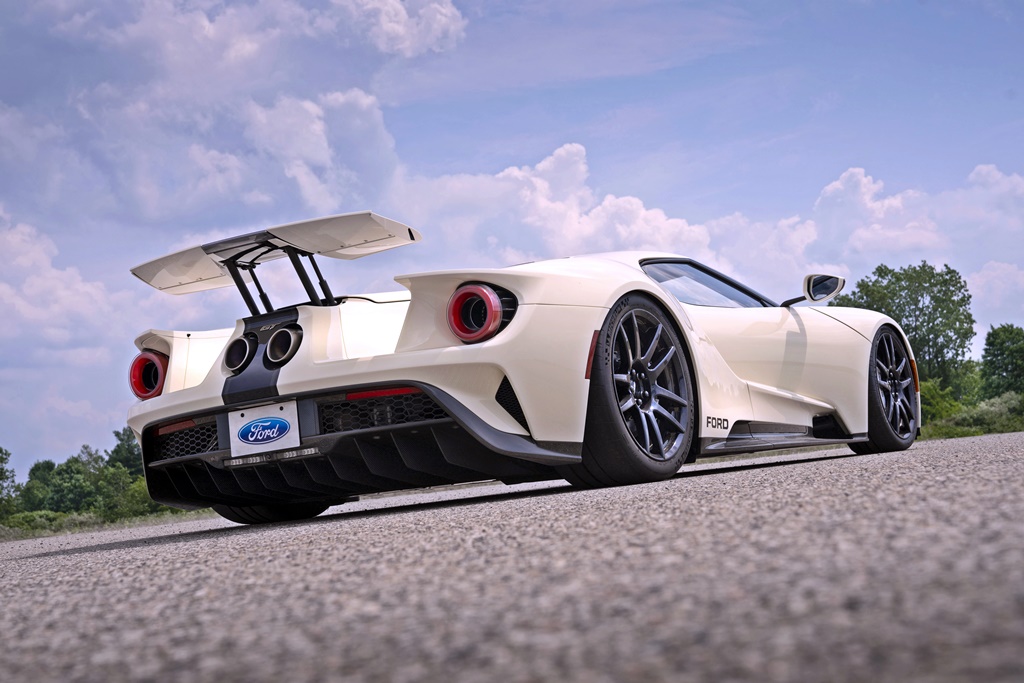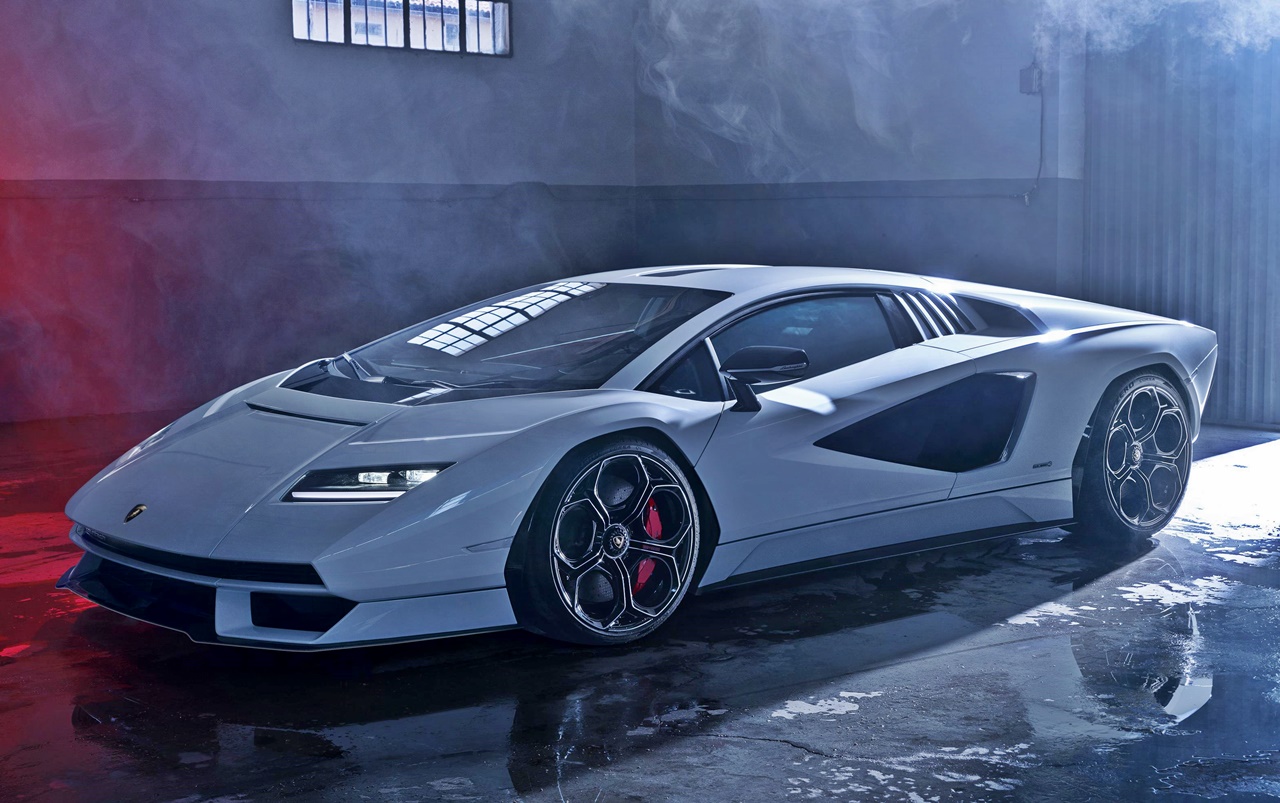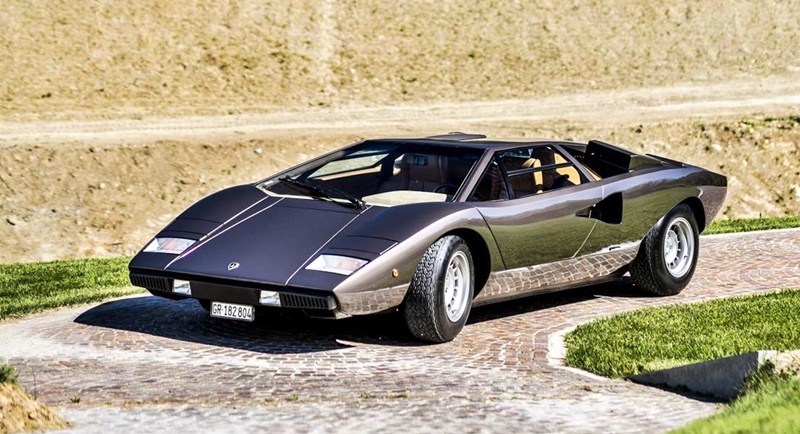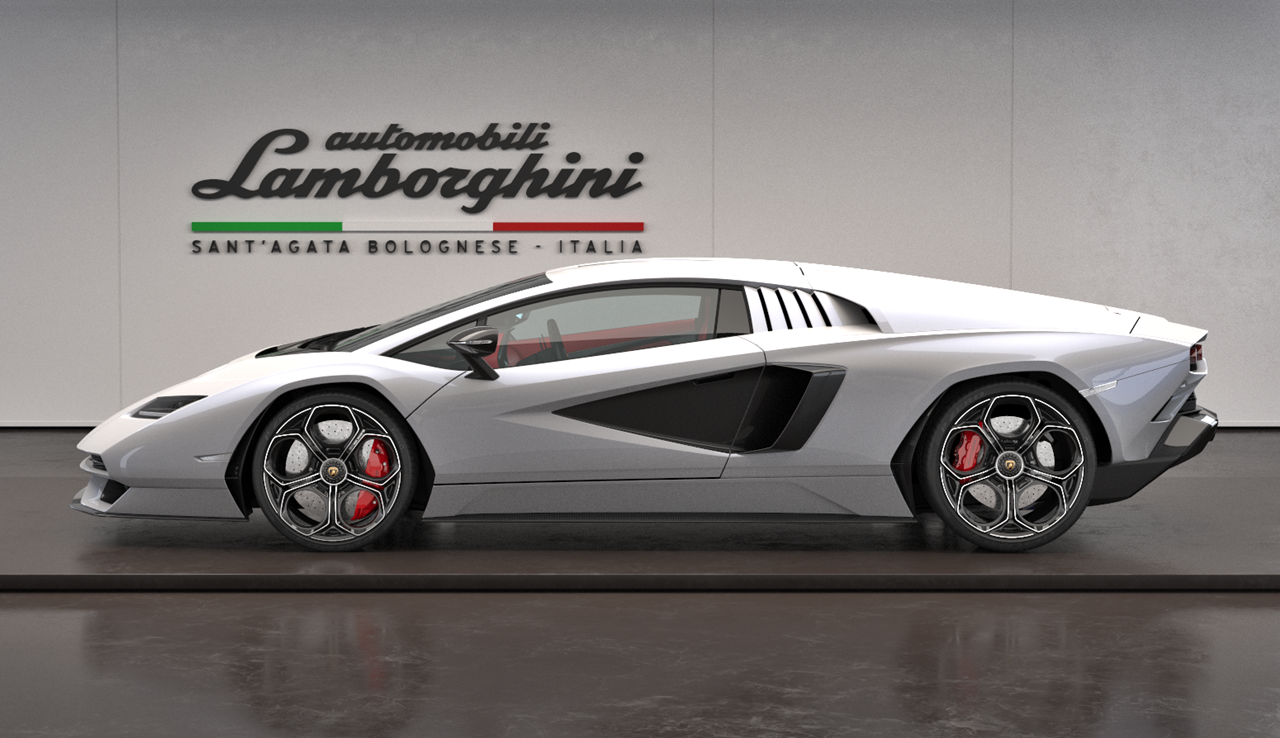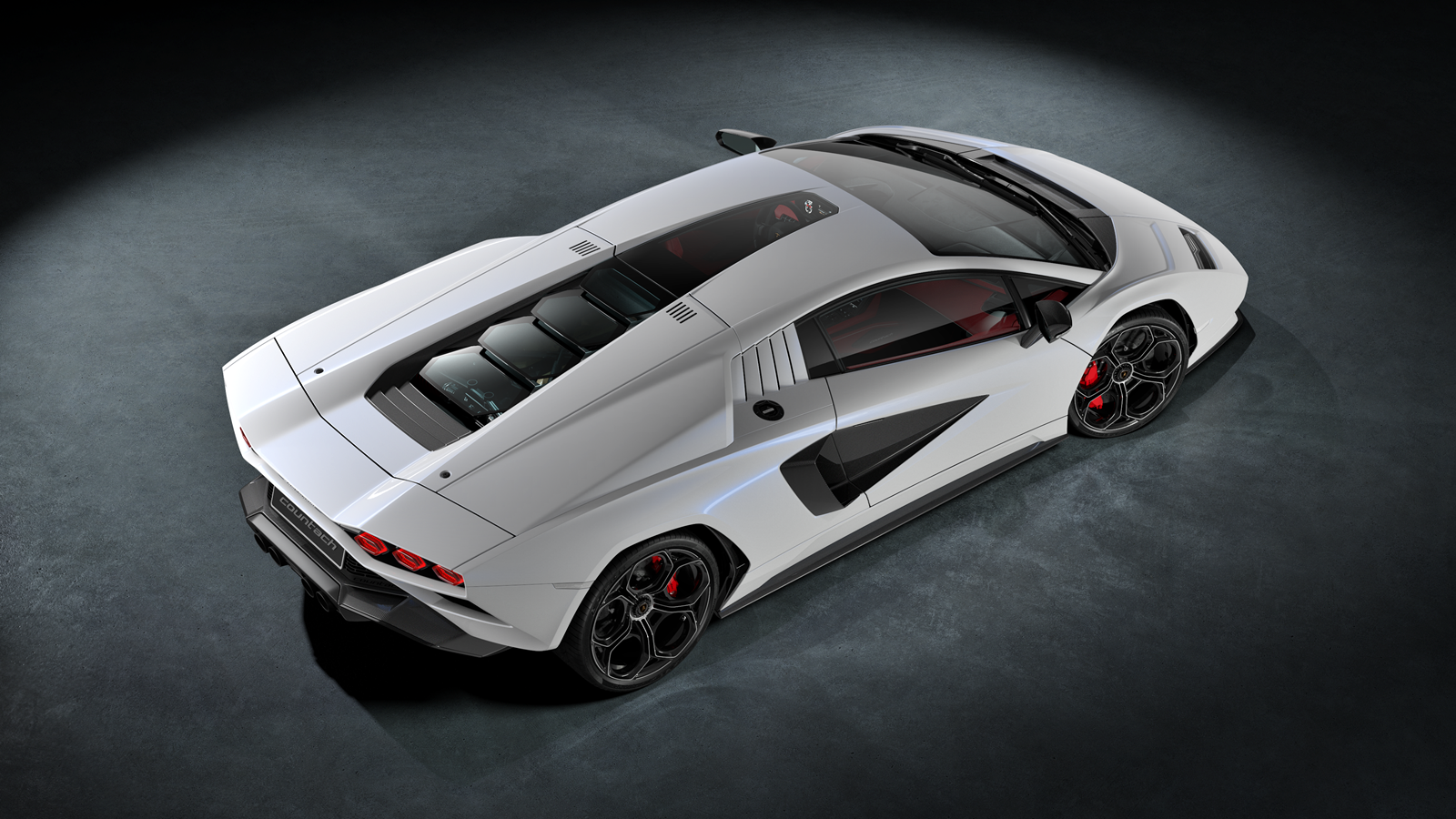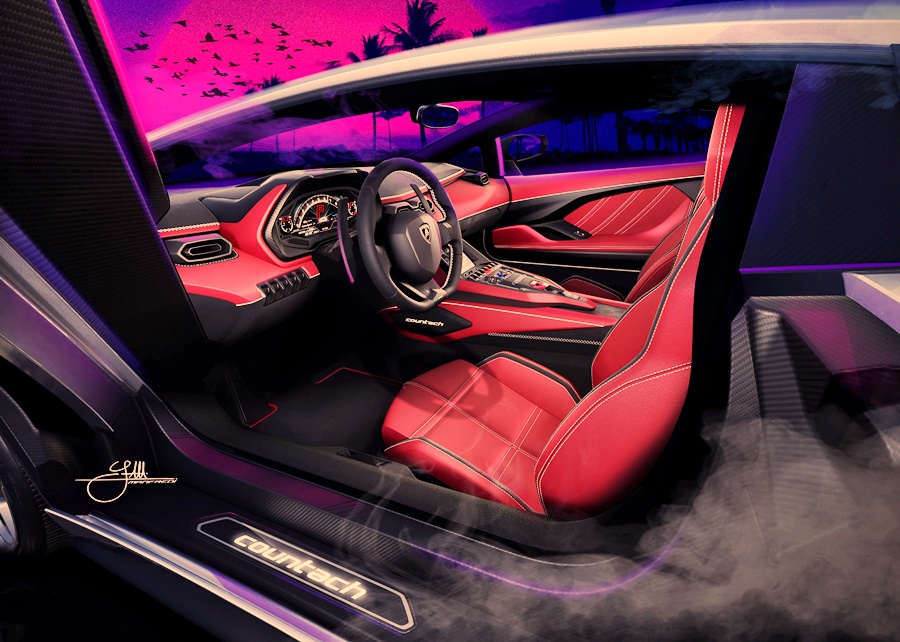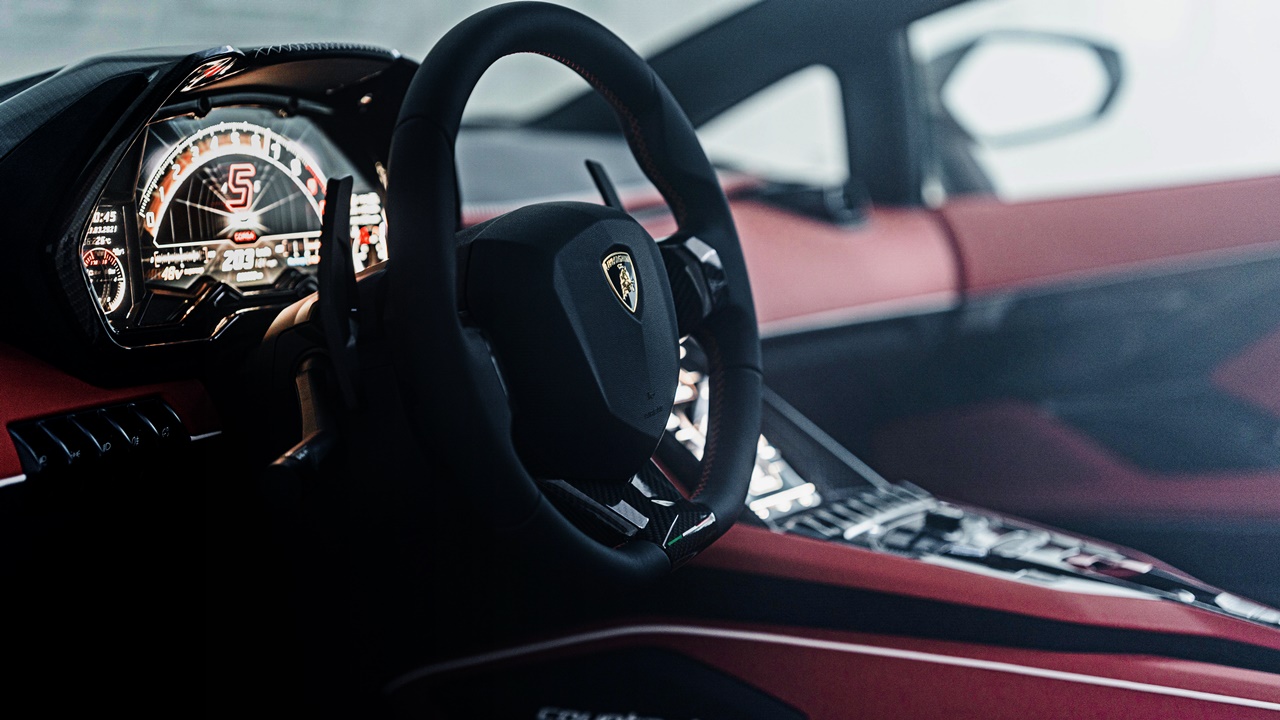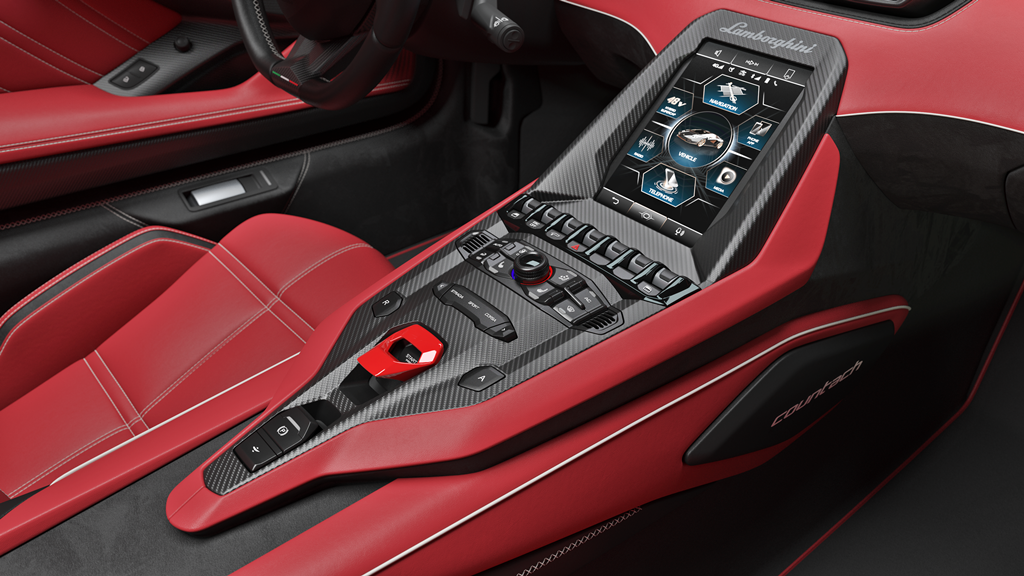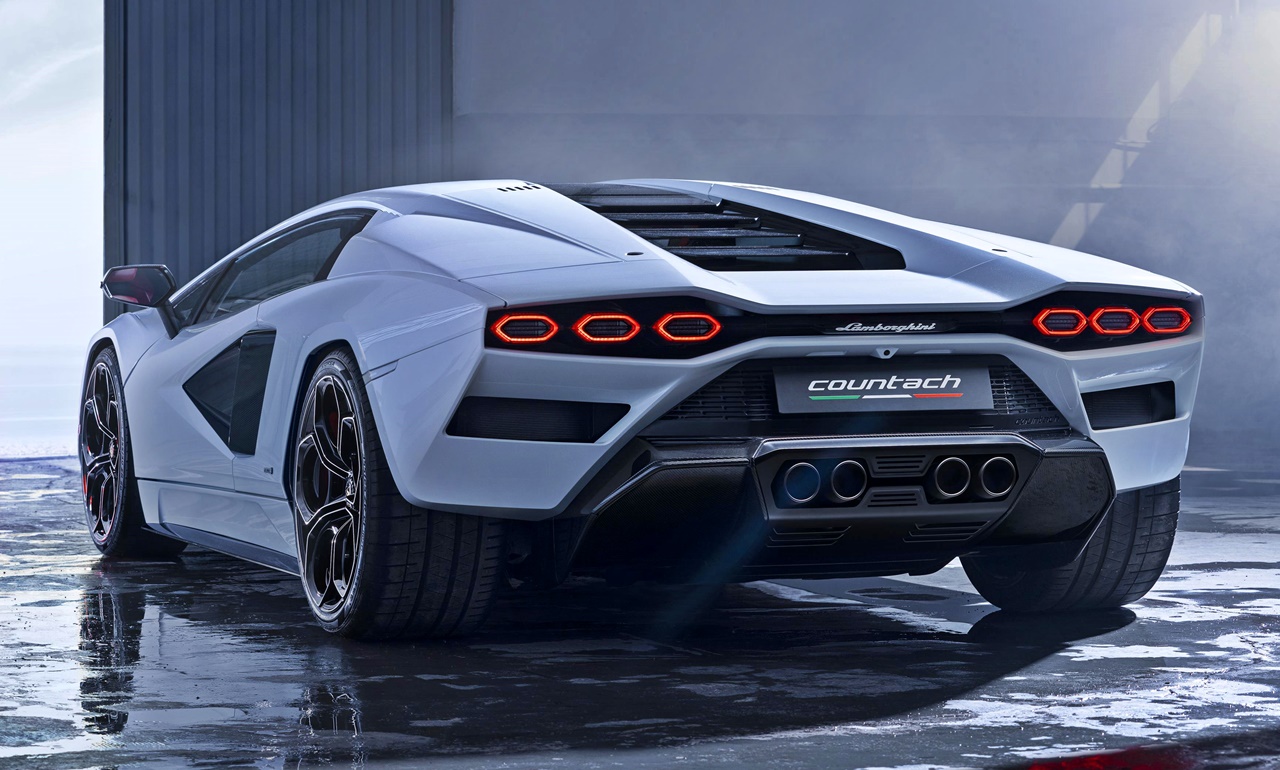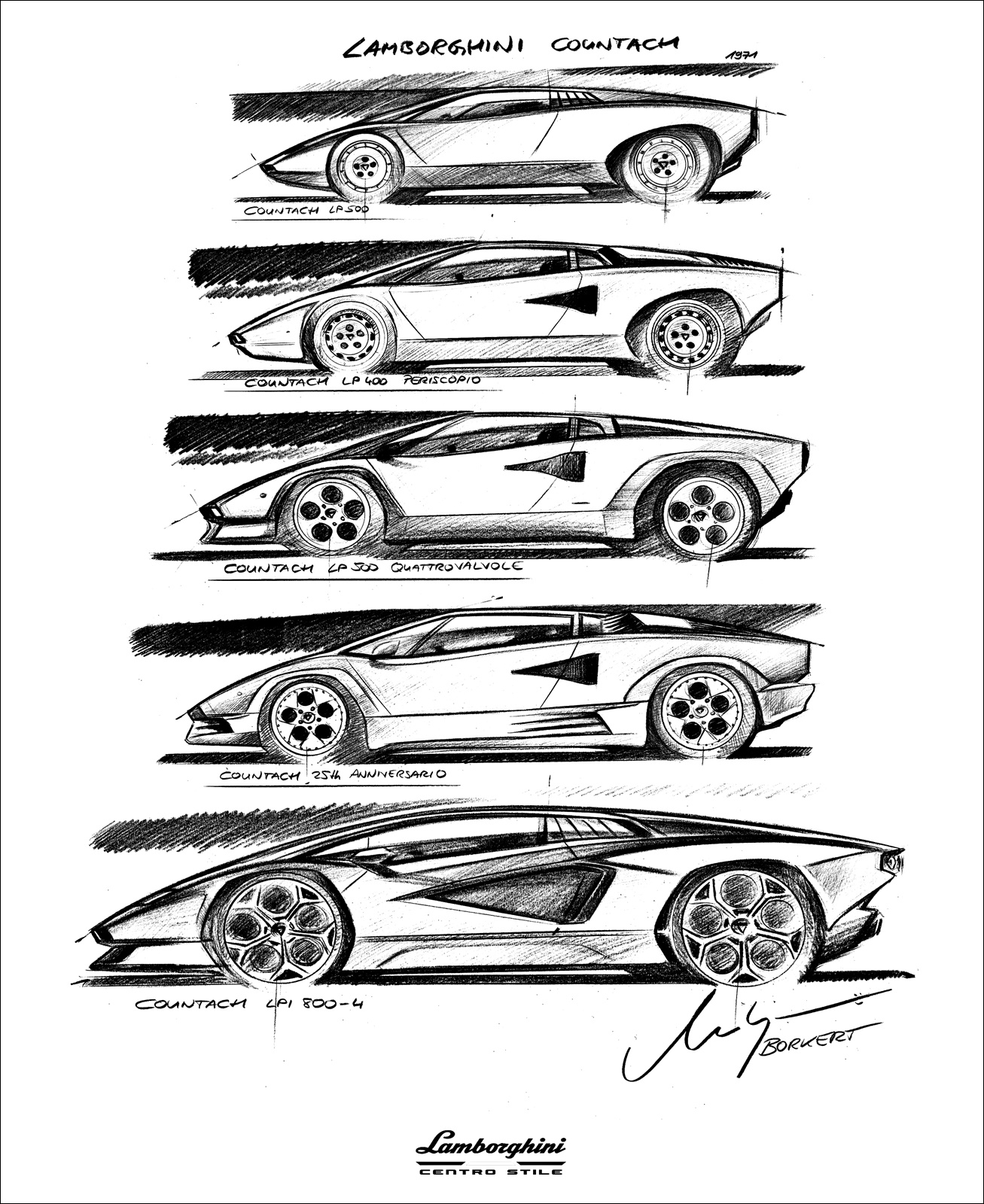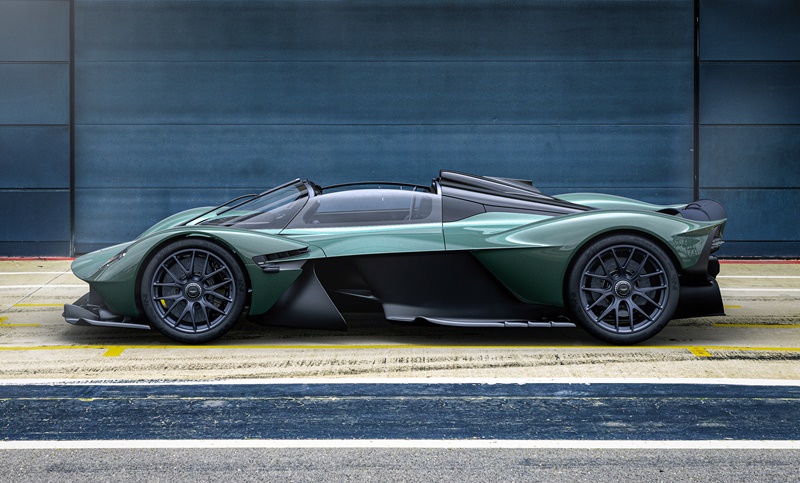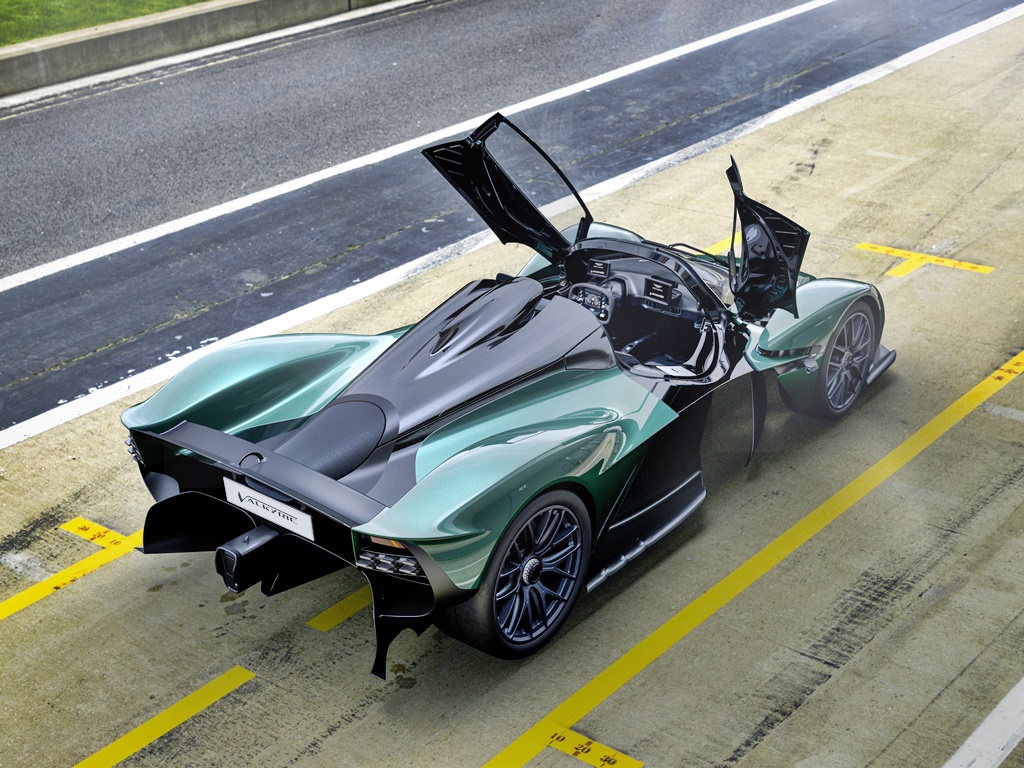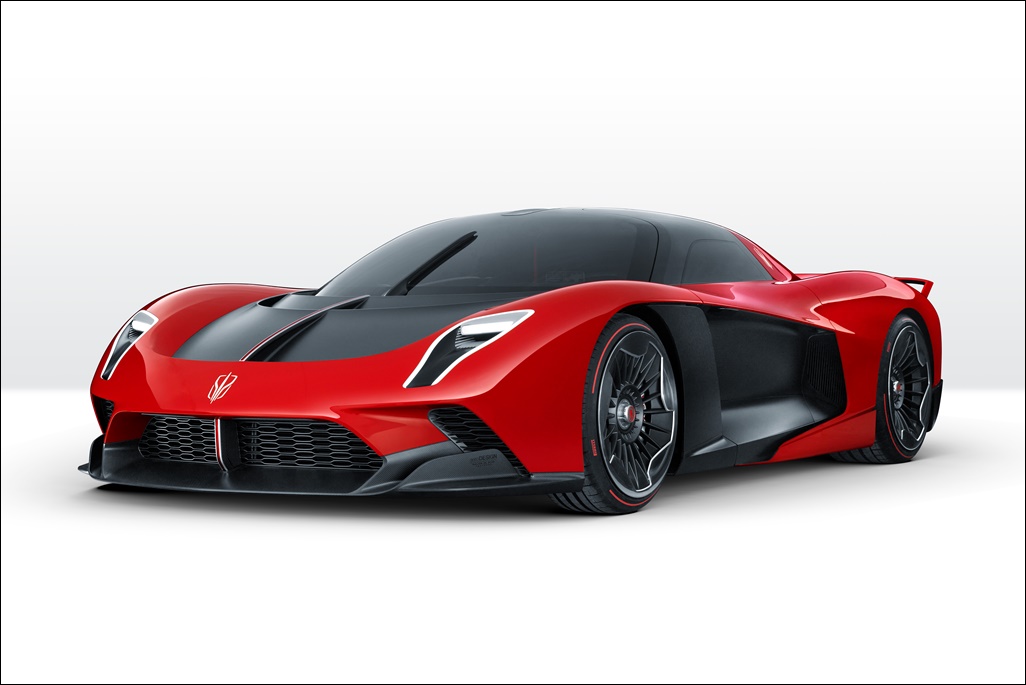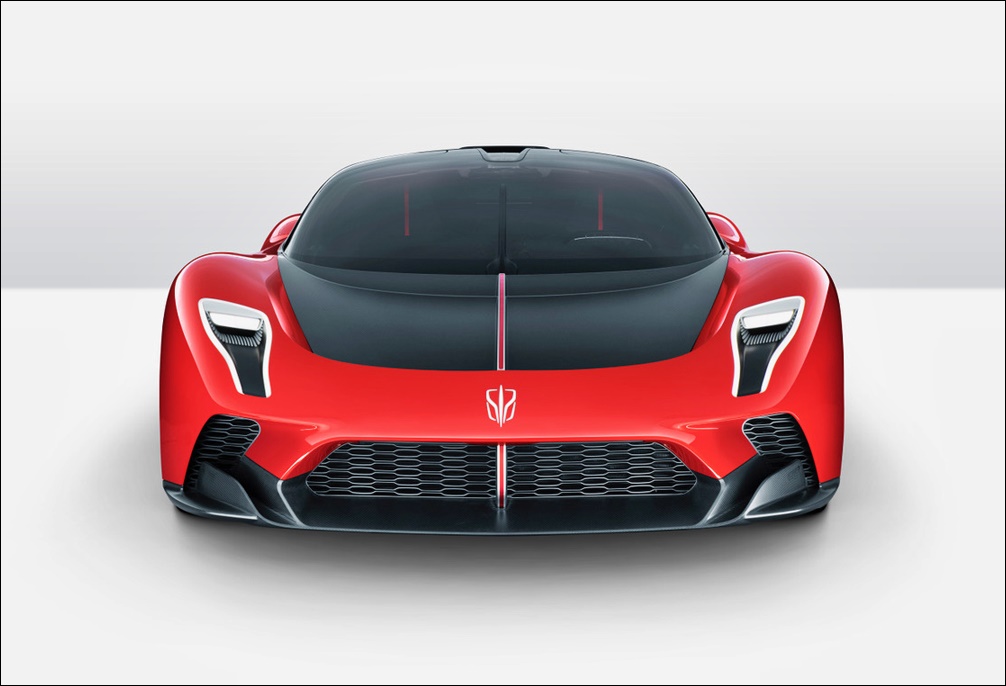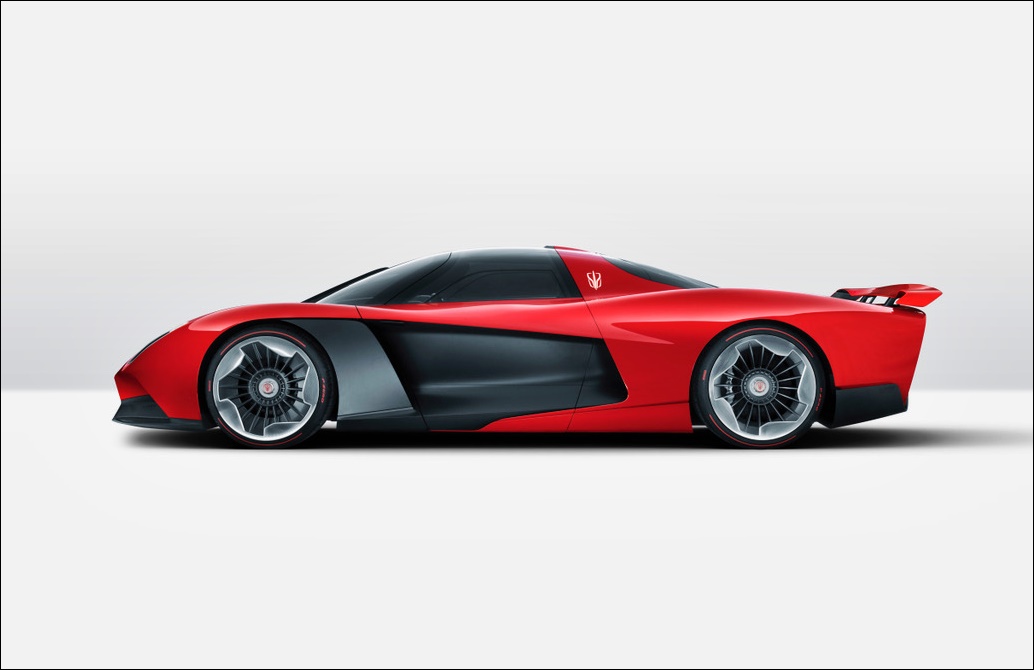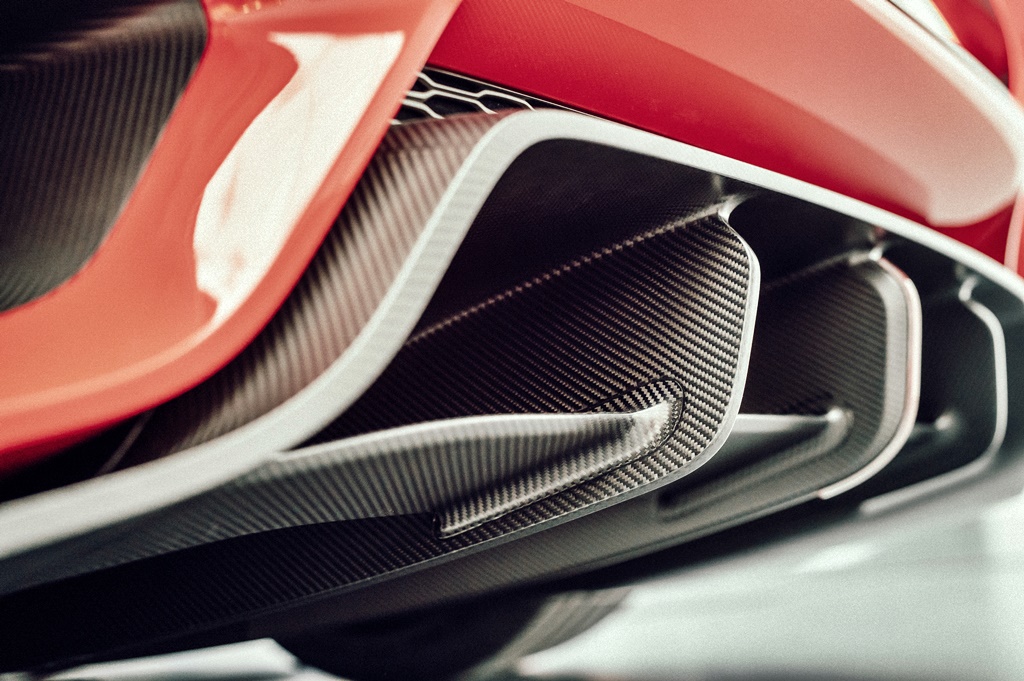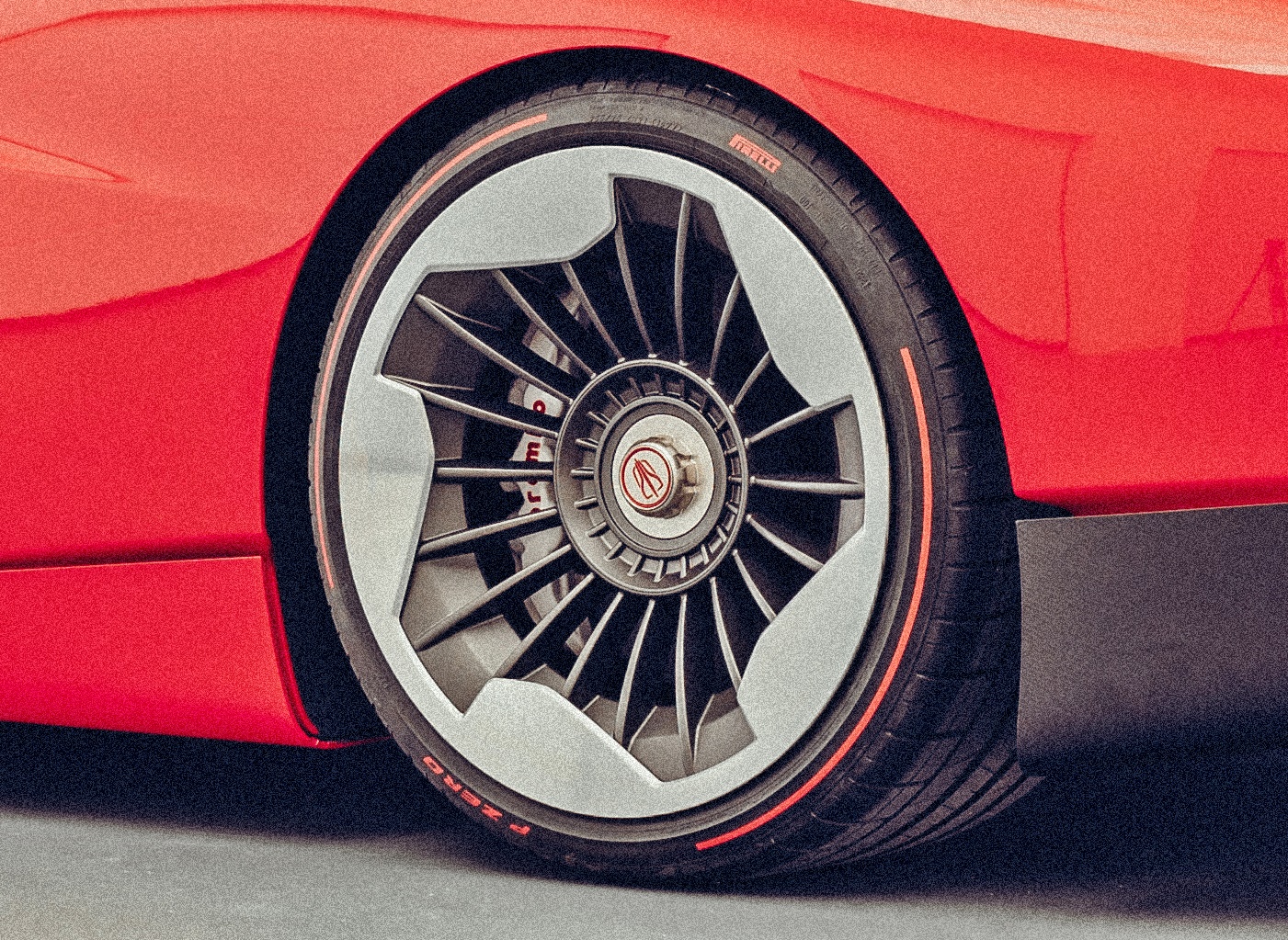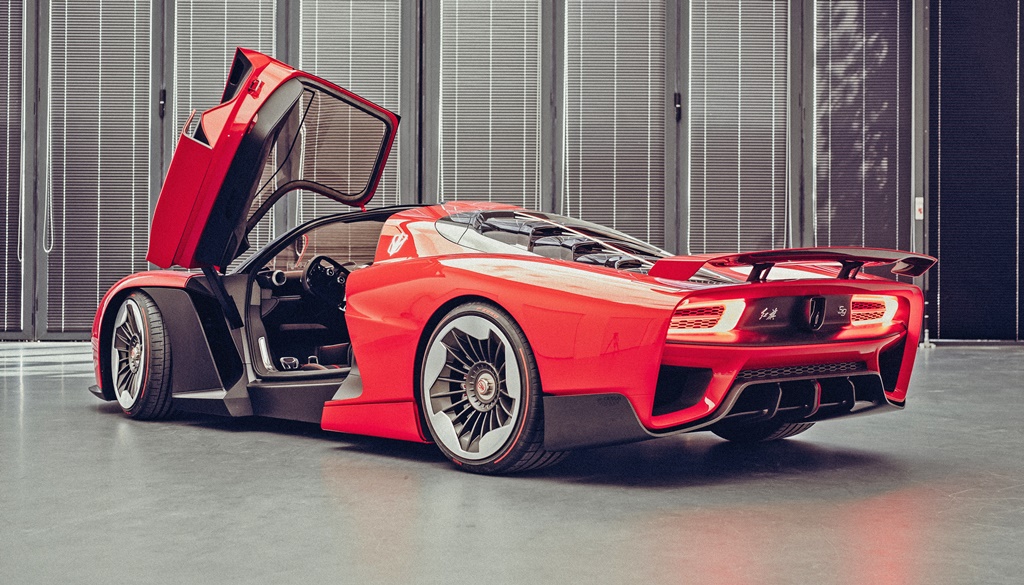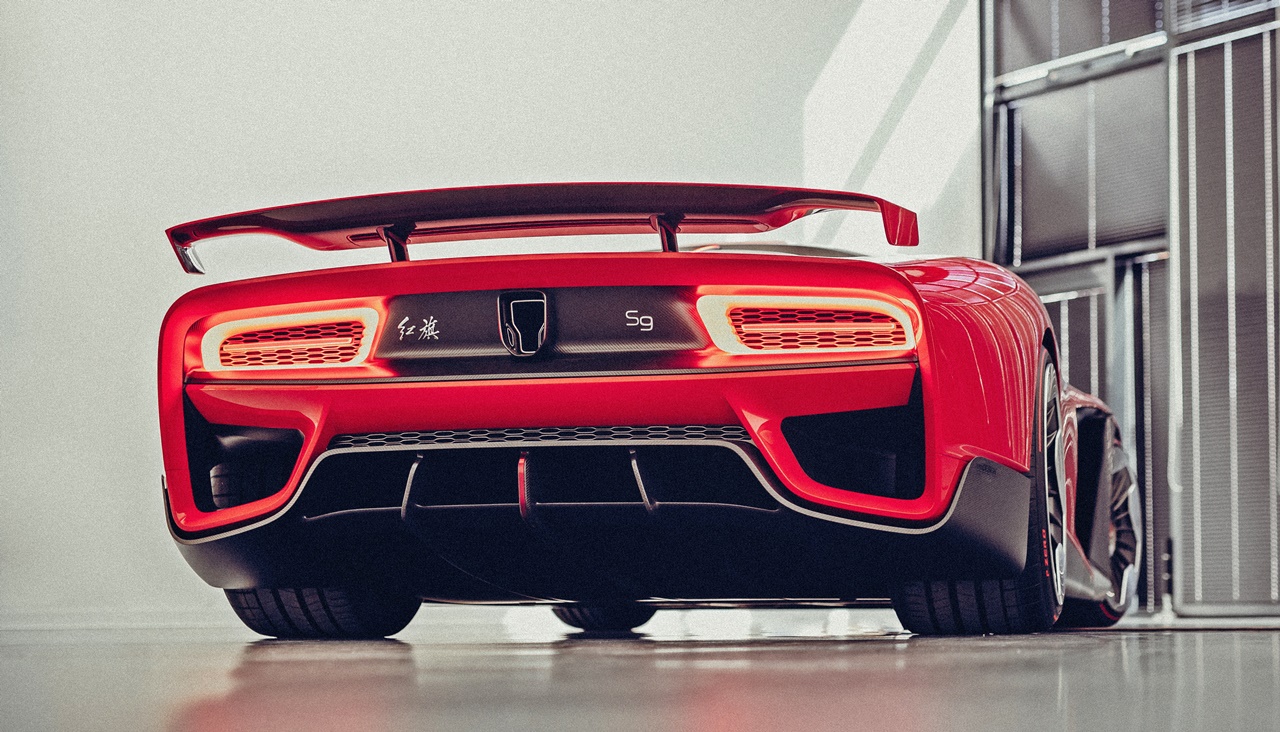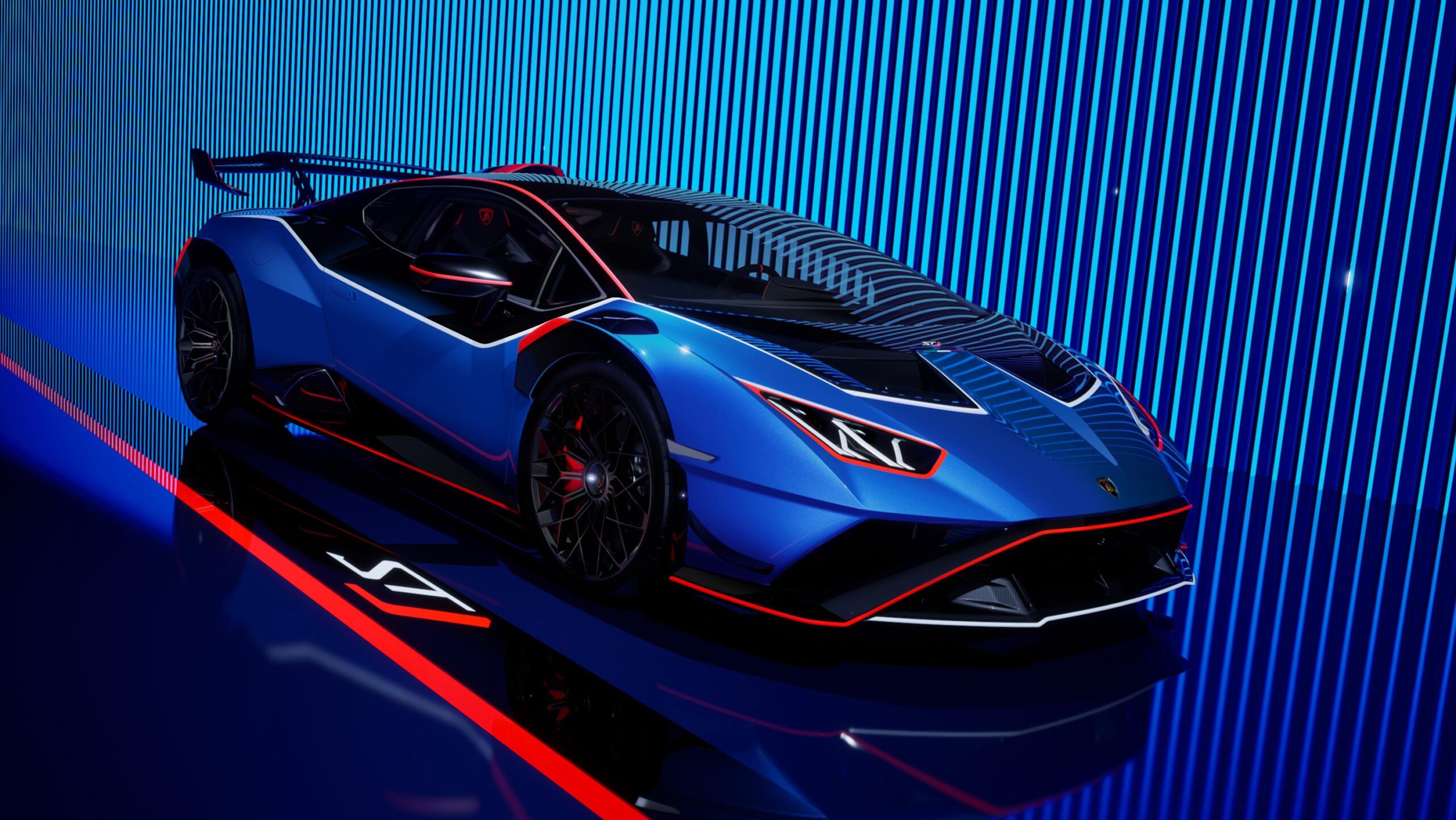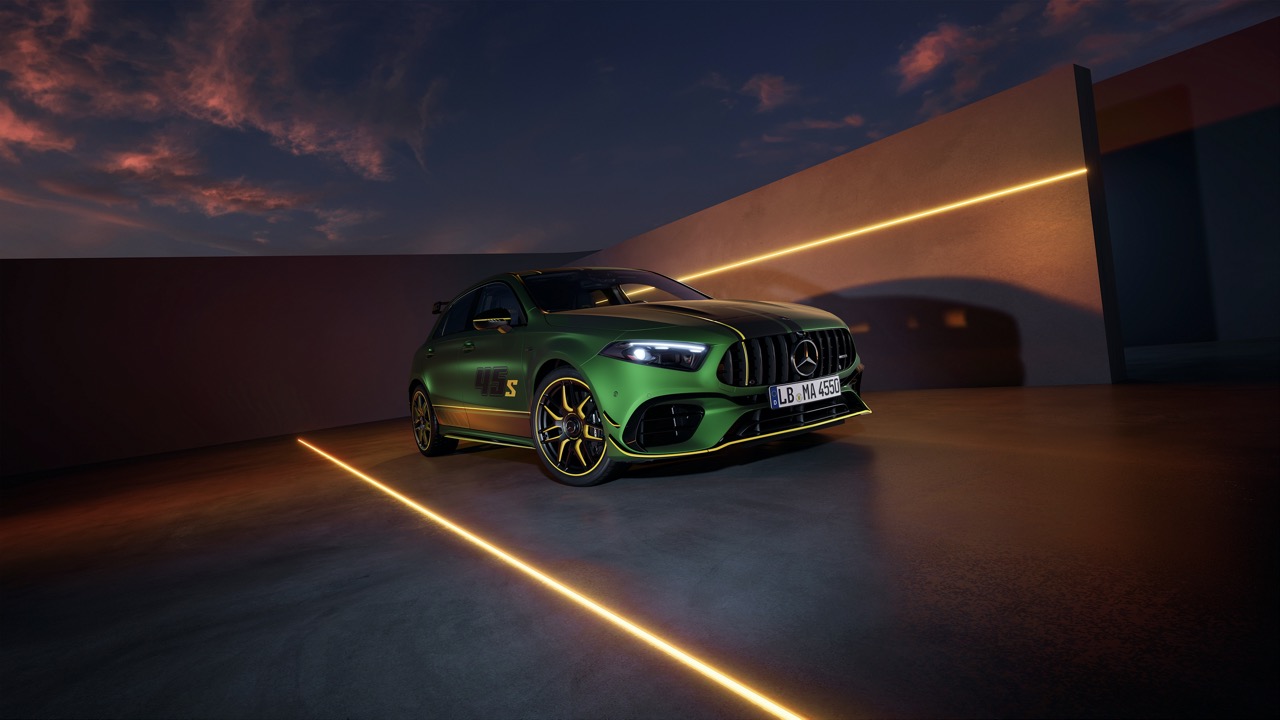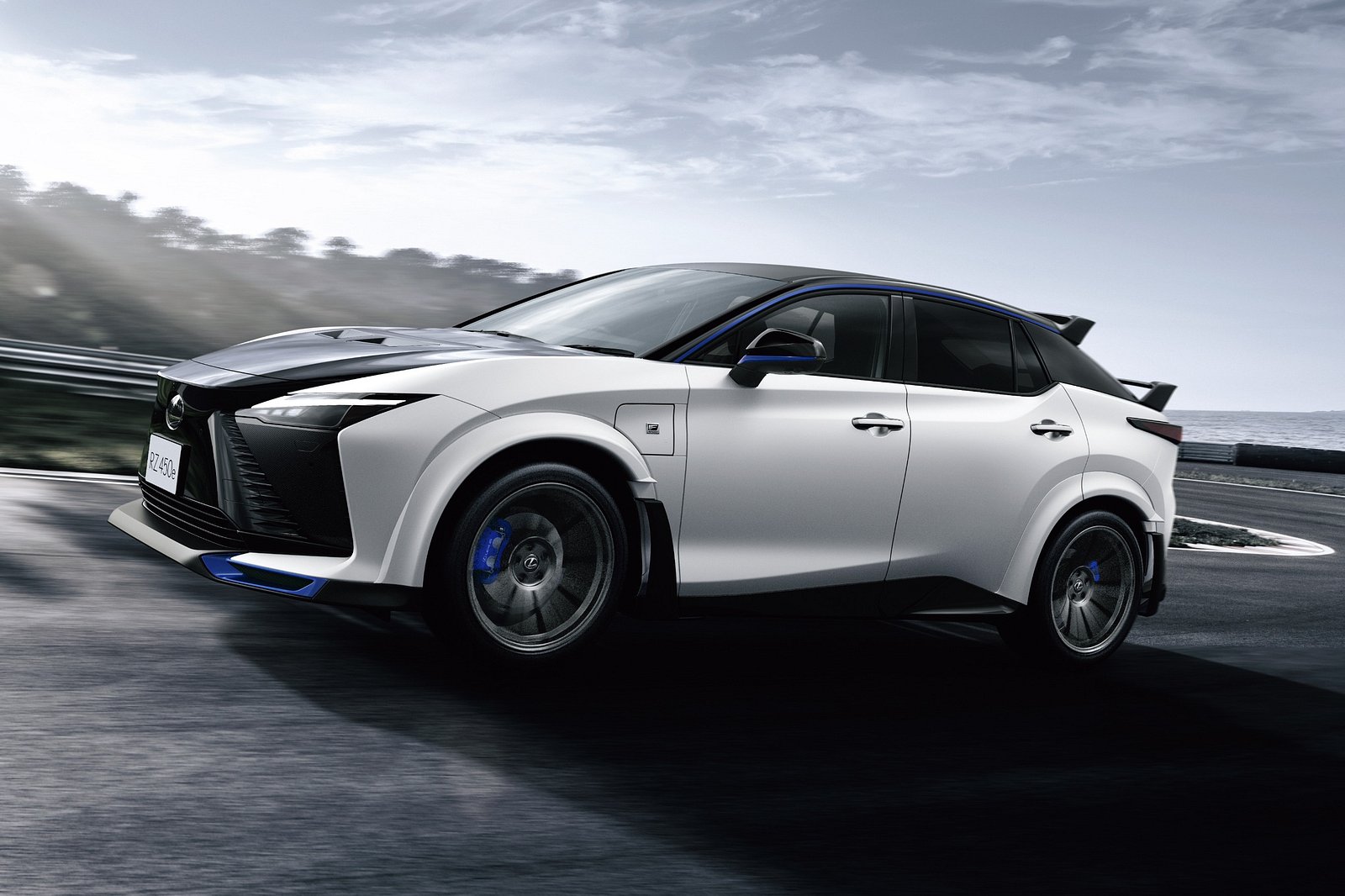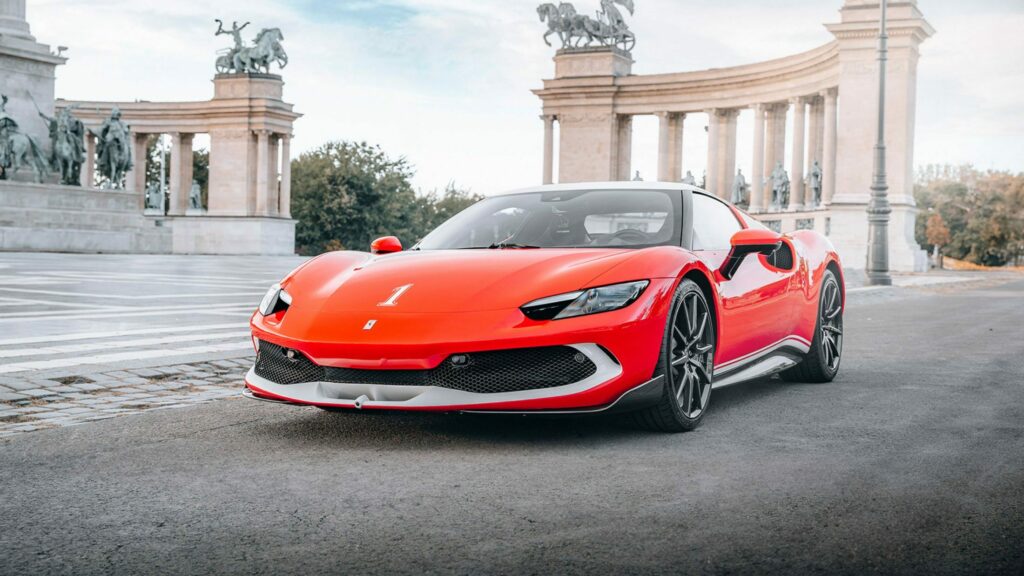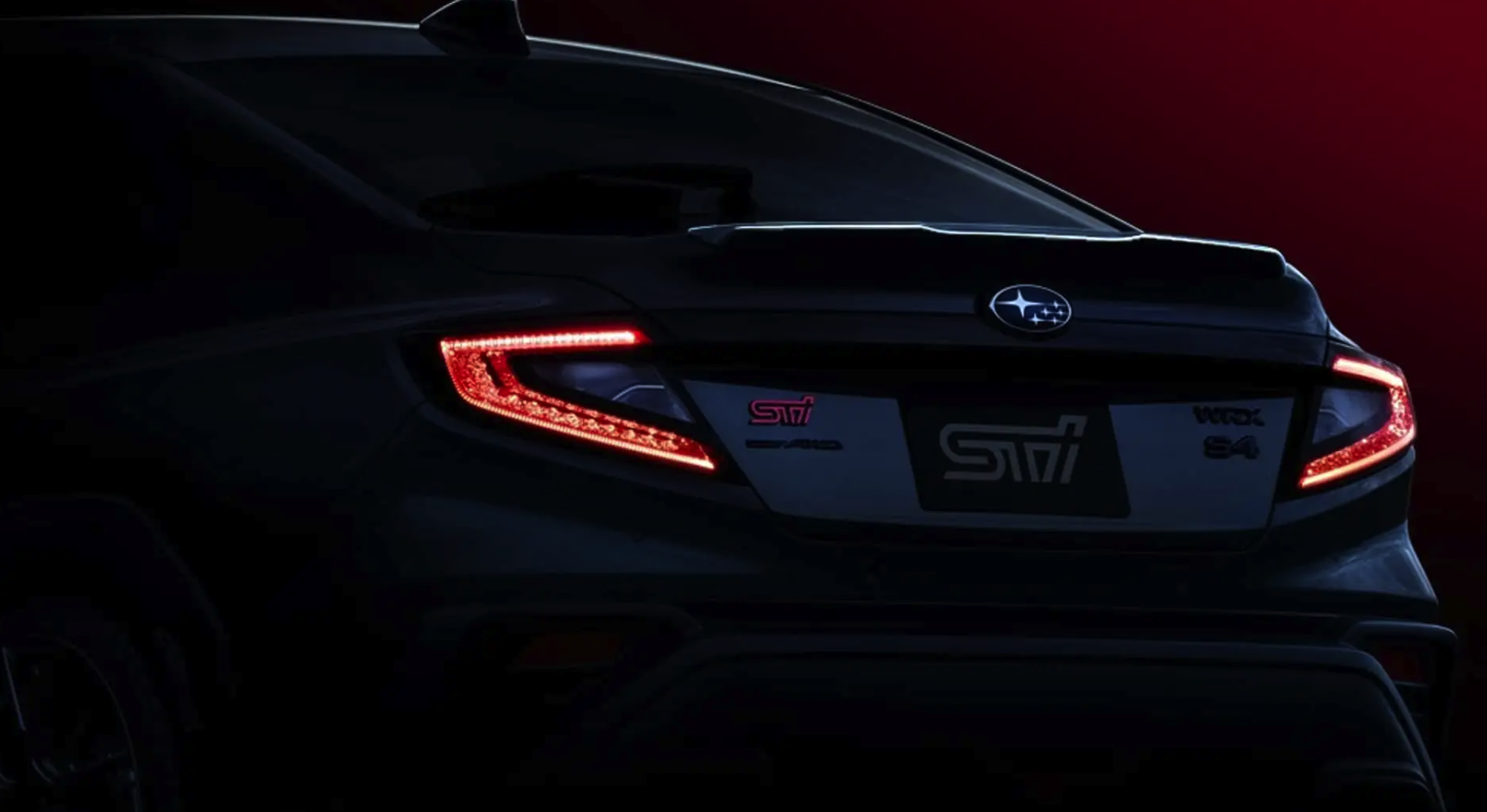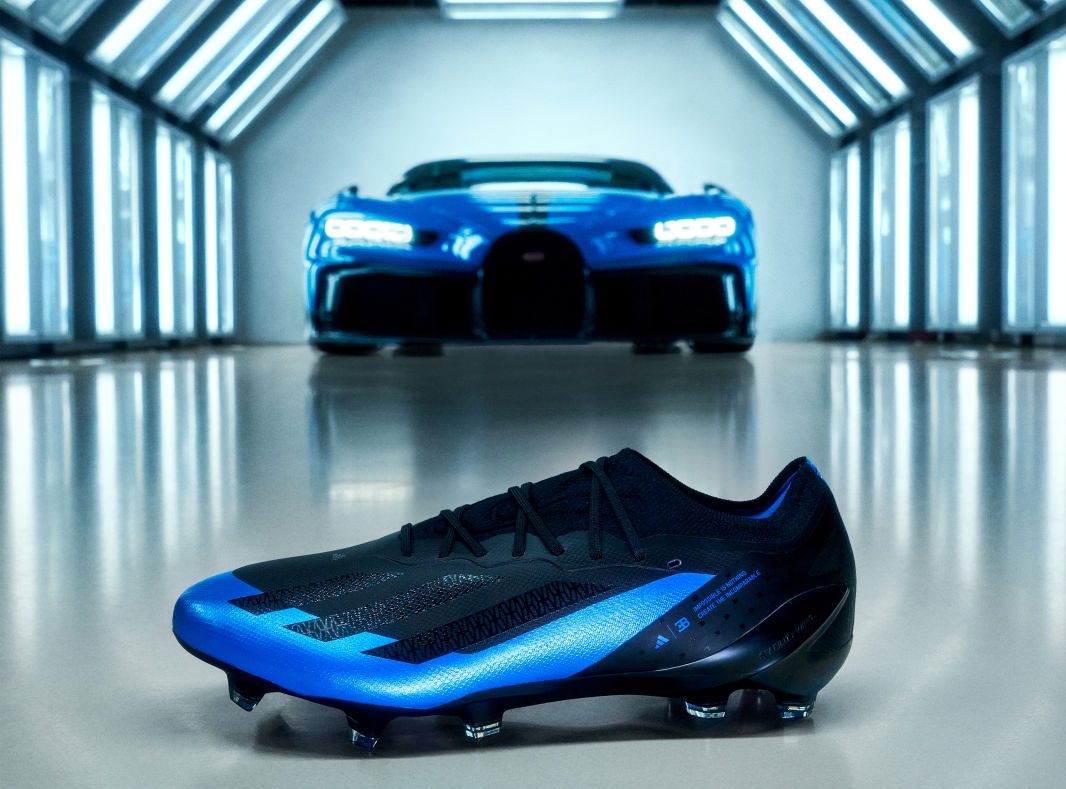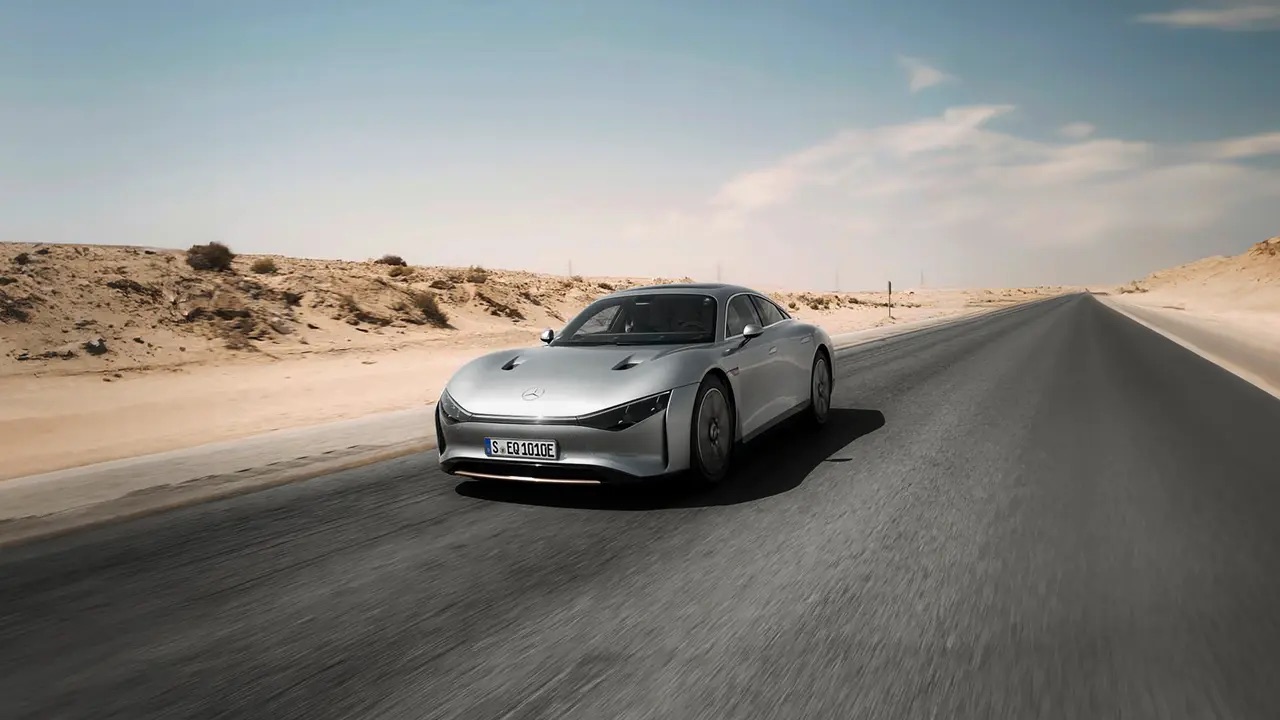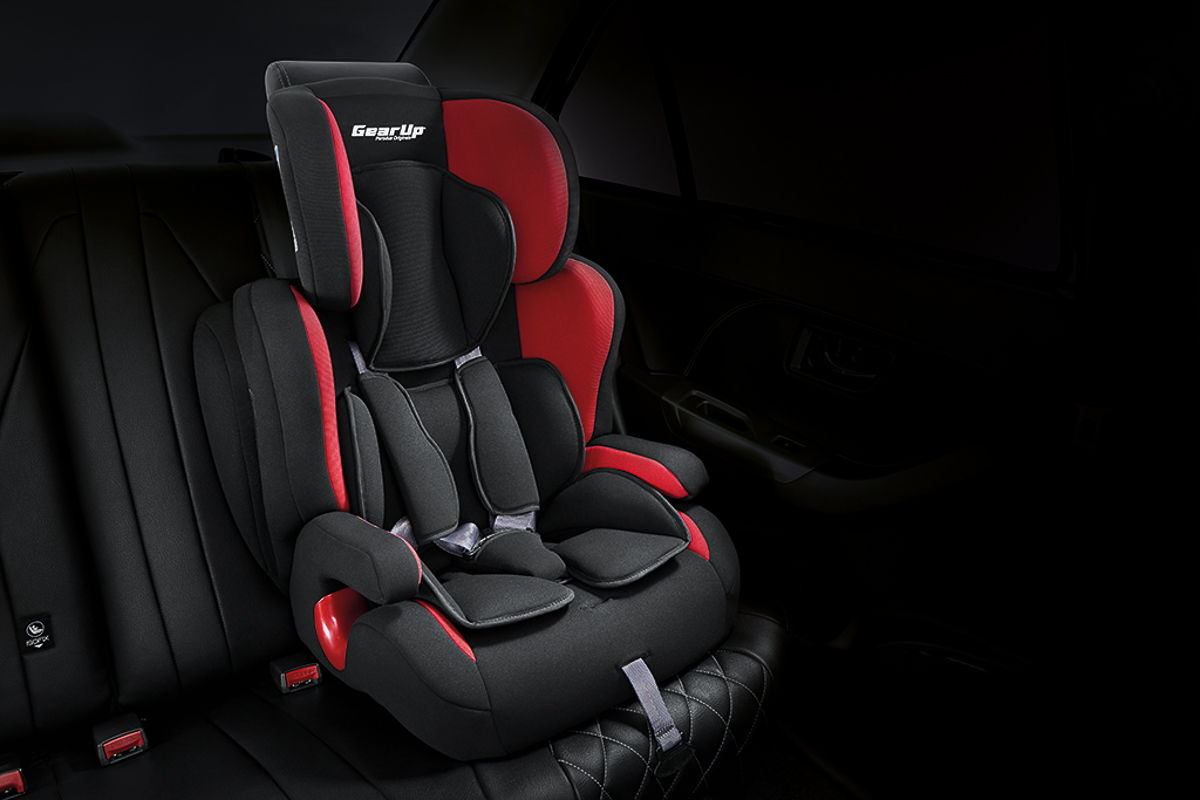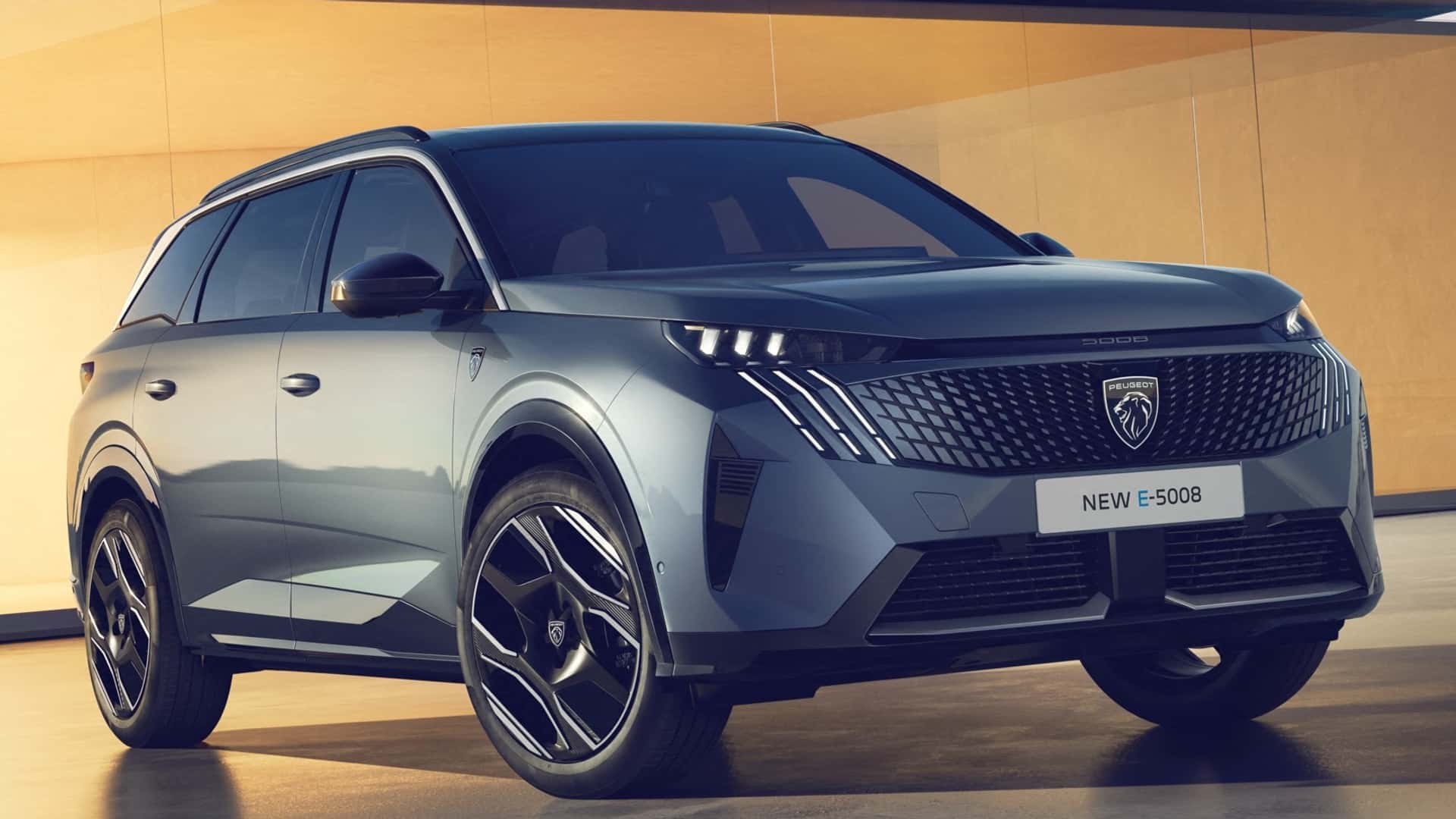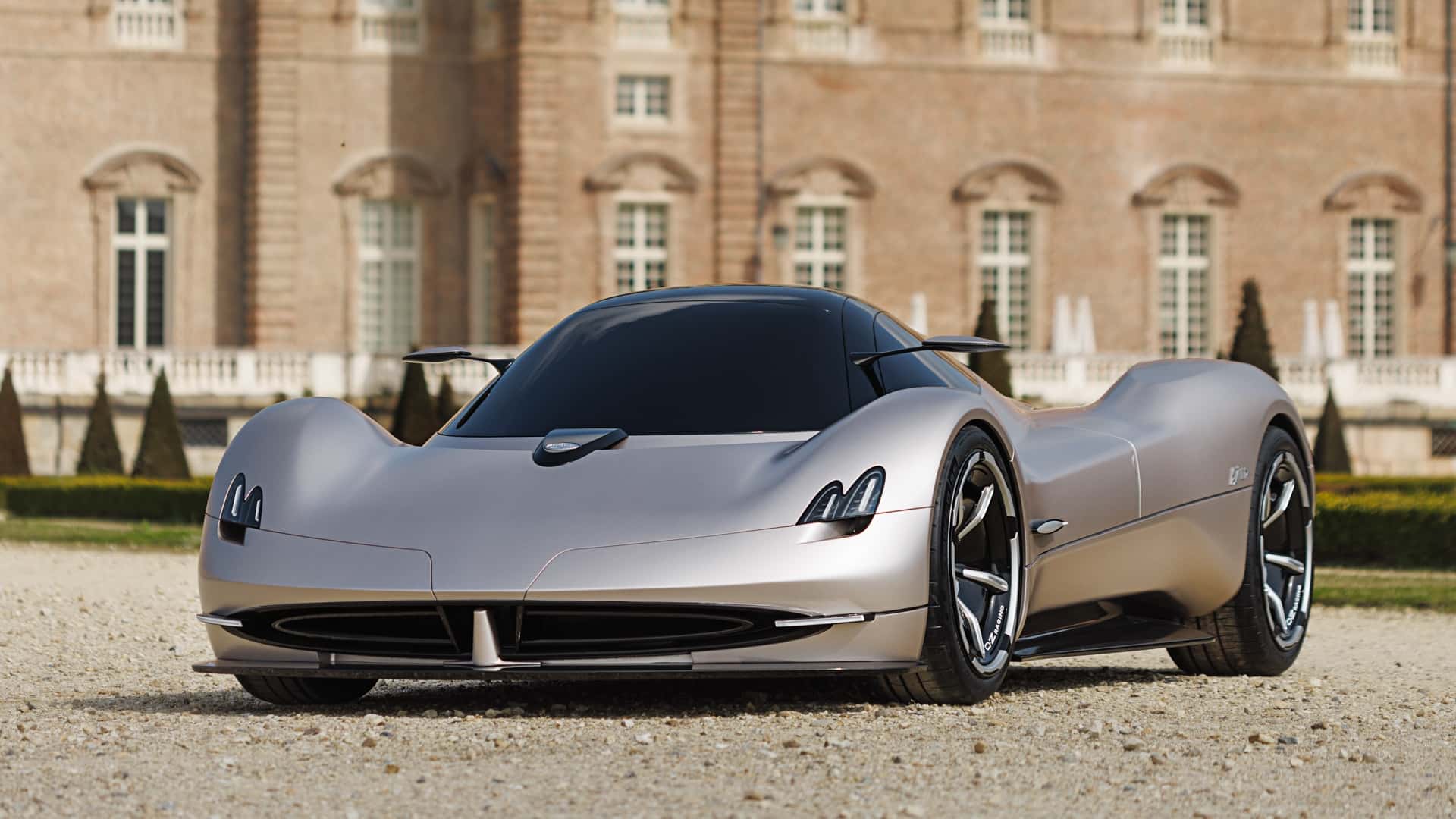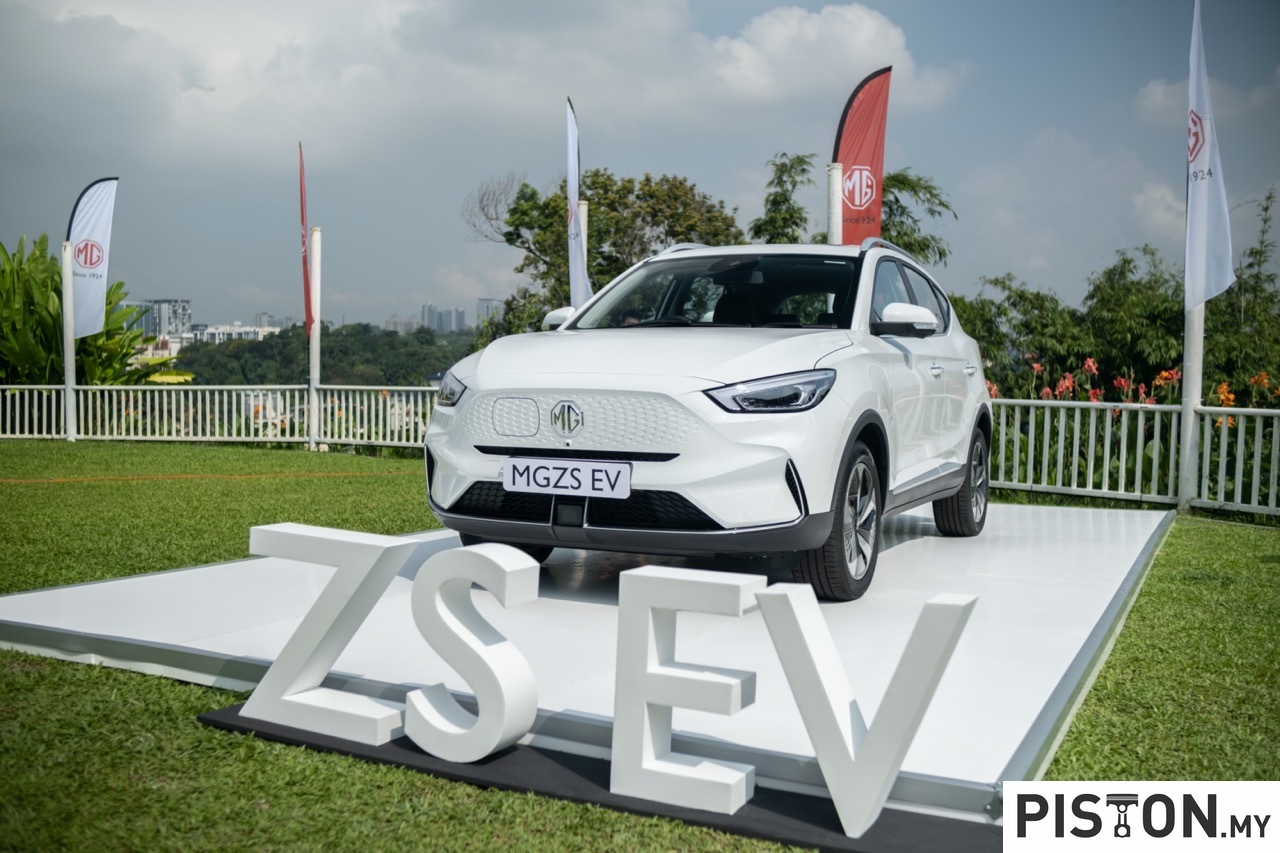Back in the late 1990s, Rolls-Royce and Bentley were up for sale and BMW eventually acquired the former while the Volkswagen Group got the latter. As Daimler-Benz did not have anything beyond the Mercedes-Benz S-Class that could be on par with those two ultra luxury British brands’ limousines, it decided to revive a brand it had acquired in 1960 – Maybach. This was a historically significant brand which produced elegant and desirable cars between 1921 and 1940.
In 2002, the carmaker launched the standalone Maybach brand with two very expensive models, designed with the same sort of superlative luxury that would rival the best in the world. There were great plans to have a strong presence at the summit of the car market but only 3,000 were ever sold in 9 years – when the target was 1,000 units each year. The old brand name made no impact either, and the pricetag was considered just too high. By 2013, the Maybach brand was once again retired.
Ultra-luxurious sub-brand
However, Mercedes-Benz did not stop trying to have an offering to rival Rolls-Royce and Bentley and it instead decided to develop an ultra luxurious version of the S-Class, and giving it exclusivity by being branded as Mercedes-Maybach. Since 2018, there have been two models – Mercedes-Maybach S 560 4MATIC Sedan and the S 650 Sedan.
This year marks the 100th anniversary of the first mass-produced car which Maybach Motorenbau GmbH presented at a motorshow in Berlin. It was the W 3 model and was the first German production car with brakes on 4 wheels, an epicyclic gear system and an interior with the finest materials.
Only 200 units of Edition 100
To commemorate that historic model’s 100th anniversary, Mercedes-Maybach has come up with the ‘Edition 100’. This is a special edition of the current S-Class and GLS models, each limited to 100 units. Both models have the impressive radiator grille bearing the brand emblem. They are hand-painted in the same two tones – high-tech silver/nautical blue – and feature a special design of leather interior in designo crystal white/silver grey pearl.
The brand logo including the inscription ‘Edition 100’ adorns the C-pillar (S-Class) or D-pillar (GLS), various stowage compartments and the illuminated panels in the interior. The same lettering also adorns the hub caps on the forged wheels of the GLS and the grey wheels of the S-Class.
A car cover with the iconic double M as well as a fine handmade case made of soft crystal white or black leather in file size – made to store keys and papers – further underline the exclusivity of the edition.
Limited editions of lifestyle accessories
In keeping with the anniversary edition, Mercedes-Maybach’s long-standing partners are also designing strictly limited special series: Licensing partner Maybach Icons of Luxury, for example, offers a diamond-studded fountain pen from the Maybach the Peak collection; while the silver and yacht manufacturer Robbe & Berking offers a champagne flute with a specially created engraving.
The top-class GLS SUV combines a sporty appearance with the luxury of a saloon. It is 33 cm higher than the classic saloon and offers a generous interior with 1.10 metres of legroom. Electrically extendable running boards make getting in and out easy, while the interior is soundproofed and upholstered with the finest leather. The engine is a V8 with 557 bhp output, and air suspension ensures a very smooth ride.
The S-Class luxury saloon comes with a V12 engine that produces 612 bhp. It is intended as a chauffeur-driven saloon and much of the focus is therefore given to the noise-insulated first-class rear compartment. Compared to the long-wheelbase version of the S-Class, this model has an 18-cm longer wheelbase and is equipped with all-wheel drive for the first time.
Besides an extensive range of personalisation options for the cars, owners can also have matching lifestyle accessories such as exclusive travel bags, leather goods, clothing, home and eyewear. Sustainably selected materials are used, such as natural horn, precious woods, titanium, cashmere or leather types that meet the highest environmental standards. The artfully staged understatement of the products conveys the fascination of the brand and fulfils the desire for personal expression.
Concept Mercedes-Maybach EQS for the new generation of customers


